Celebrating Diwali...
In honor of Diwali, we take a look back at the Elementary classes' celebration last year... An important tenet of Montessori philosophy is the recognition of all of humanity as a part of a global family. The "global citizen" aspect of Montessori values the wide and beautiful tapestry of ethnic and cultural backgrounds, and takes seriously the responsibility of raising our children to be open-minded and open-hearted. Part of this practice begins with introducing them to people from different cultures and ethnic backgrounds, as well as the celebrations of such groups. On October 19th, the Diwali Hindu festival of lights began. Villa di Maria's Elementary students were eager to celebrate.
An important tenet of Montessori philosophy is the recognition of all of humanity as a part of a global family. The "global citizen" aspect of Montessori values the wide and beautiful tapestry of ethnic and cultural backgrounds, and takes seriously the responsibility of raising our children to be open-minded and open-hearted. Part of this practice begins with introducing them to people from different cultures and ethnic backgrounds, as well as the celebrations of such groups. On October 19th, the Diwali Hindu festival of lights began. Villa di Maria's Elementary students were eager to celebrate.
 Diwali is India's most important holiday of the year; it is as important to Hindus as Christmas is to Christians. The festival of lights (which occurs over the course of five days) symbolizes the inner light that protects from spiritual darkness, and occurs every autumn. Over the centuries, Diwali has become a national festival that is celebrated by most Indians, regardless of their faith, and most accurately represents the victory of good over evil.
Diwali is India's most important holiday of the year; it is as important to Hindus as Christmas is to Christians. The festival of lights (which occurs over the course of five days) symbolizes the inner light that protects from spiritual darkness, and occurs every autumn. Over the centuries, Diwali has become a national festival that is celebrated by most Indians, regardless of their faith, and most accurately represents the victory of good over evil. The entire elementary gathered together to celebrate Diwali last week. Alongside several students who played, drummed, and sang, Upper Elementary Directress Rebecca Callander performed the Hindu song, "Listen to My Old Soul Song" for the group. The song came together so nicely, with the children and Rebecca working together during the performance.
The entire elementary gathered together to celebrate Diwali last week. Alongside several students who played, drummed, and sang, Upper Elementary Directress Rebecca Callander performed the Hindu song, "Listen to My Old Soul Song" for the group. The song came together so nicely, with the children and Rebecca working together during the performance. The word Diwali is derived from the Sanskrit word "deepavali," meaning "series of lighted lamps." The children lit a number of candles to represent the return of the deities Rama and Sita after their 14 years of exile; in the story, the villagers lit oil lamps to illuminate the path through the darkness. The lights also celebrate Lakshmi, the goddess of wealth and prosperity.
The word Diwali is derived from the Sanskrit word "deepavali," meaning "series of lighted lamps." The children lit a number of candles to represent the return of the deities Rama and Sita after their 14 years of exile; in the story, the villagers lit oil lamps to illuminate the path through the darkness. The lights also celebrate Lakshmi, the goddess of wealth and prosperity.



An image of the Demon King Ravana
Goddess Lakshmi, painted by Raja Ravi Varma in 1896
Lower Elementary Directress Anna Schwind presented the Diwali story to the children, split into two groups, with much enthusiasm. She always has a captive audience, and is truly a gifted storyteller. Here, she retold and acted out the story of Ramayana, in which Lord Rama rescues his wife Sita from the Demon King Ravana, who happens to have twenty arms and ten heads!
After the the story of Diwali, the children headed outside to the pavilion, where an activity awaited them!
Lower Elementary Directress Megan Eilers had set up a rangoli activity for the children to complete. Rangoli, a colorful design made on the floor near the entrance of one's home, is meant to welcome guests and encourage the goddess Lakshmi to enter. Rangoli can be made from chalk, colored rice, flour, sand, or even flower petals. Here, the children worked with cardboard patterns with sticker designs and sand. Many of them chose to take their patterns home to finish later, as it was a long and involved (and enjoyable) process!
The results were beautiful!
While one group enjoyed rangoli, the other was treated to a short meditation lead by Upper Elementary Directress Rebecca Callander.
The children were also encouraged to try several traditional Indian treats, included mango drink, crushed peanut chikki squares, till laddoo (sesame brittle), muruku (rice snacks), jalebi, and apple slices.
In the Montessori tradition, children are guided beyond just acceptance of multicultural ideas; through their cultural, hands-on studies, they are shown to understand, appreciate, respect, and celebrate many cultures so that they may come alive in the child's mind.All of the photo and writing credit goes to the ever talented Lauren Knight.
























 After plugging the iron in, the child must wait for it to heat. Here, Ms. Braud shares, they normally sing a song of the child's choosing. When the child is later doing the work on their own, they can often be found singing to themselves at this time!
After plugging the iron in, the child must wait for it to heat. Here, Ms. Braud shares, they normally sing a song of the child's choosing. When the child is later doing the work on their own, they can often be found singing to themselves at this time!








 Many dismiss ironing as an outdated practice. But notice the child's joy in this work. Let us not allow our views to hinder our children’s possibilities. Rather, let us allow their joy in work to kindle within us the willingness to partake and find meaning in our own work.This story through pictures would not be possible without the skillful work of Melinda Smith. Many thanks Melinda.
Many dismiss ironing as an outdated practice. But notice the child's joy in this work. Let us not allow our views to hinder our children’s possibilities. Rather, let us allow their joy in work to kindle within us the willingness to partake and find meaning in our own work.This story through pictures would not be possible without the skillful work of Melinda Smith. Many thanks Melinda.
 Practical Life constitutes some of the first lessons that children are given in the Children’s House. The children are drawn to this type of work. Even if the form is different, these lessons are fundamentally connected to the work they see the adults in their lives engaging in.
Practical Life constitutes some of the first lessons that children are given in the Children’s House. The children are drawn to this type of work. Even if the form is different, these lessons are fundamentally connected to the work they see the adults in their lives engaging in.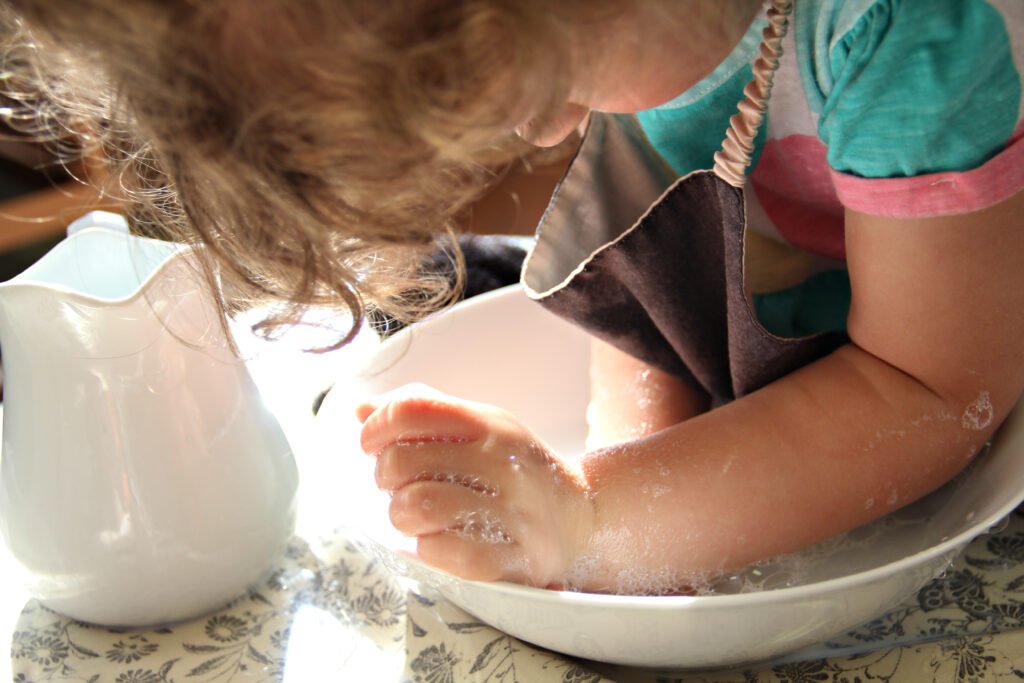 Practical Life is the work of independence. It begins at home with dressing oneself, putting on one's shoes, feeding oneself. In the Children's House the child is given the opportunity to grow these skills.
Practical Life is the work of independence. It begins at home with dressing oneself, putting on one's shoes, feeding oneself. In the Children's House the child is given the opportunity to grow these skills.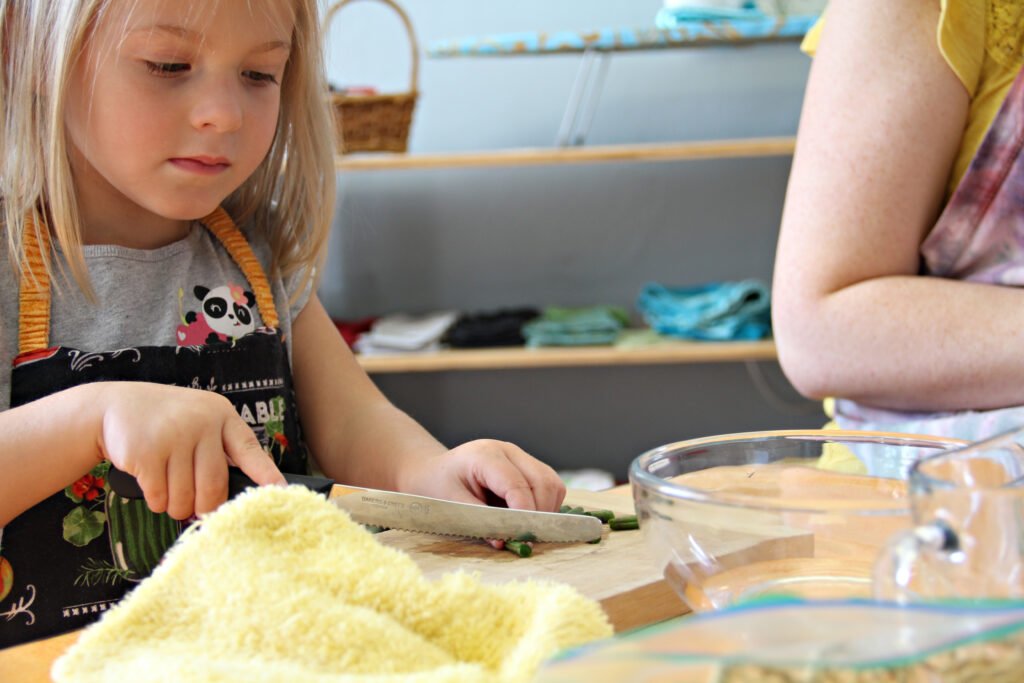 How beautiful it is to see young children washing their hands, scrubbing tables and cutting vegetables. There is an inherent goodness to these activities. The work is purposeful and consuming; the outcome is measurable and satisfying; the children, as a result, are calm and centered.Practical Life work expands as the child turns from activities centered around the care of the self (e.g., Hand Washing) to those that encompass the care of the environment (e.g., Table Washing, Sweeping). As young children more firmly develop their sense of self and begin to master those skills which enable them to take care of themselves, they can broaden their focus to include the world outside of themselves. Their interest in the environment is met with Practical Life work which involves them in the care of their surroundings. This is done in a way that builds their sense of ownership of the classroom as well as their role in the community
How beautiful it is to see young children washing their hands, scrubbing tables and cutting vegetables. There is an inherent goodness to these activities. The work is purposeful and consuming; the outcome is measurable and satisfying; the children, as a result, are calm and centered.Practical Life work expands as the child turns from activities centered around the care of the self (e.g., Hand Washing) to those that encompass the care of the environment (e.g., Table Washing, Sweeping). As young children more firmly develop their sense of self and begin to master those skills which enable them to take care of themselves, they can broaden their focus to include the world outside of themselves. Their interest in the environment is met with Practical Life work which involves them in the care of their surroundings. This is done in a way that builds their sense of ownership of the classroom as well as their role in the community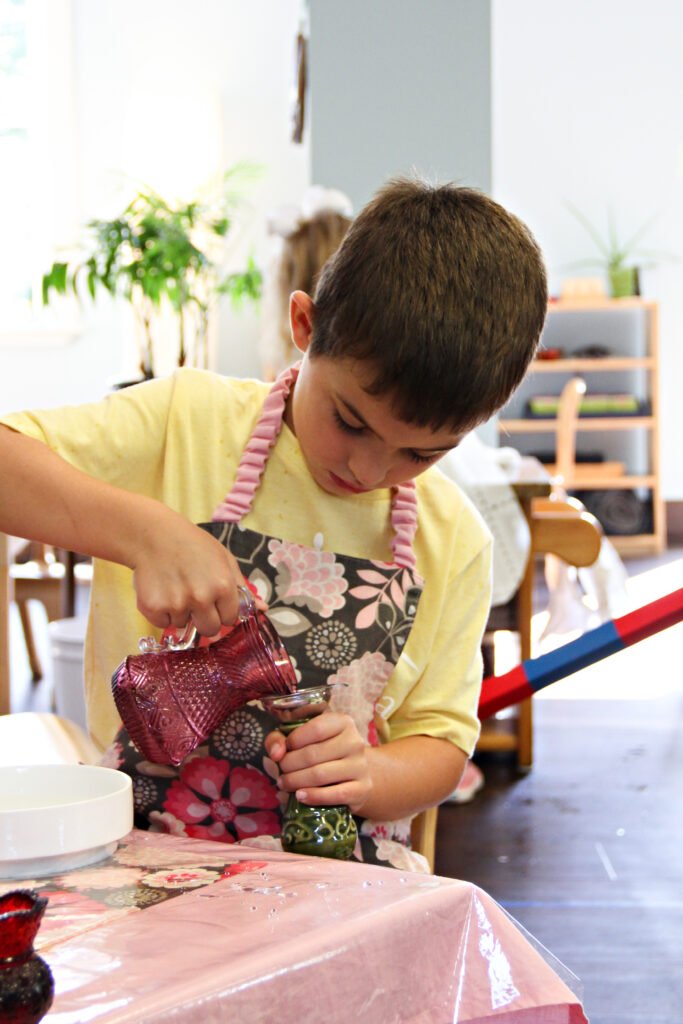 In Practical Life exercises such as flower arranging and ironing, the child’s care for the environment goes beyond necessities such as cleaning and food preparation and incorporates the beautification of the environment.
In Practical Life exercises such as flower arranging and ironing, the child’s care for the environment goes beyond necessities such as cleaning and food preparation and incorporates the beautification of the environment.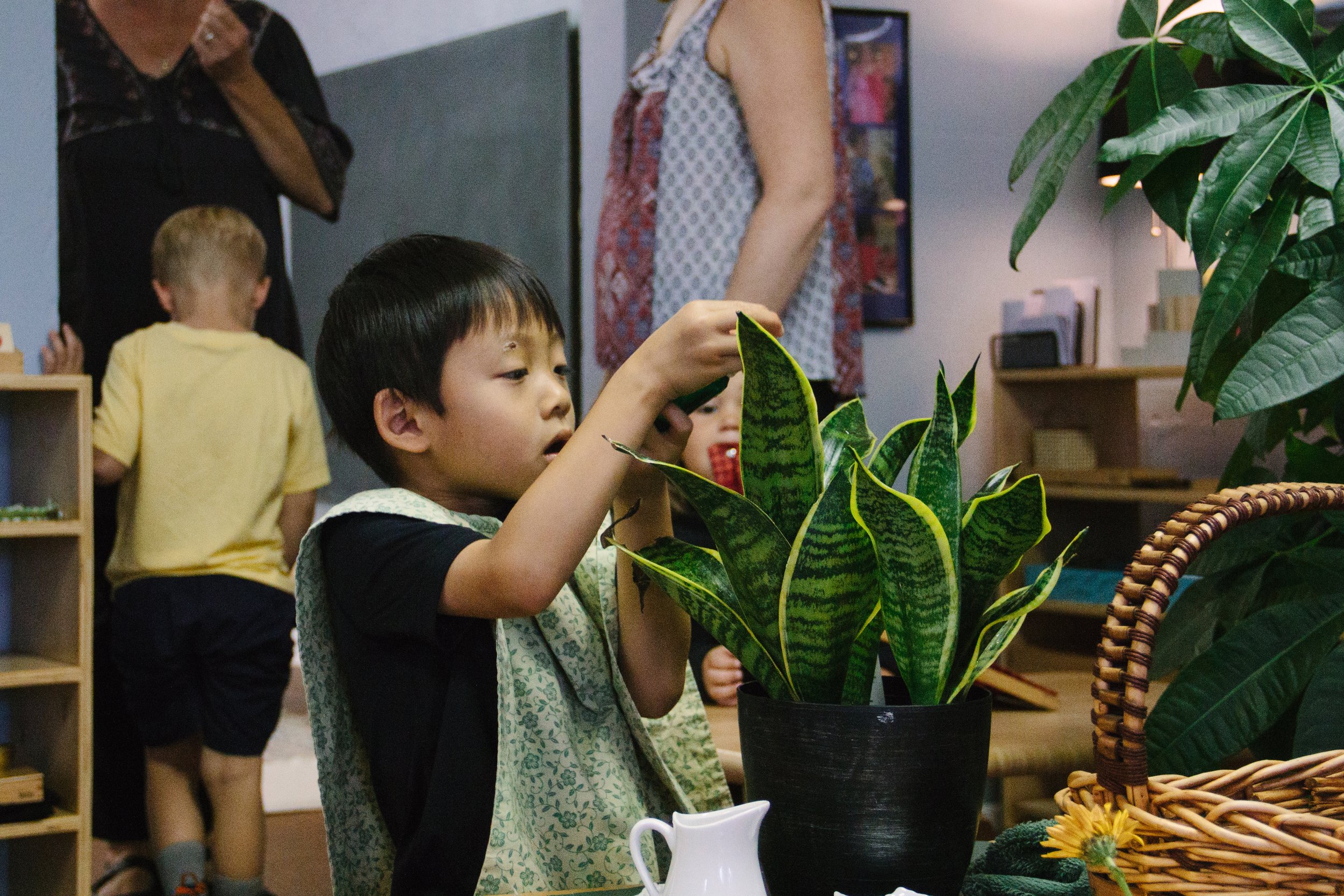 Practical Life does not end in the Children's House. It continues to develop as the child’s relationship to their environment changes. Throughout the year we’ll delve deeper into the many aspects of Practical Life and examine how it evolves as the children move on to Elementary.Thanks as always to fabulously talented Melinda Smith for her photographic skills.
Practical Life does not end in the Children's House. It continues to develop as the child’s relationship to their environment changes. Throughout the year we’ll delve deeper into the many aspects of Practical Life and examine how it evolves as the children move on to Elementary.Thanks as always to fabulously talented Melinda Smith for her photographic skills.


 In addition to all of the water work, the older children particularly enjoy our communal snack. Preparing food, setting the table, eating - they love it all.
In addition to all of the water work, the older children particularly enjoy our communal snack. Preparing food, setting the table, eating - they love it all.


 As glorious as these pictures are, they tell only half the story. The other half is made up of parents, nannies and grandparents coming together to build a community that supports them. Yes, the environment is set up for the children, but it's also set up for the adults in their lives. Adults are given the chance to observe, reflect, ask questions and fundamentally enter into more conscientious parenting. Parenting is no small feat, and it is best done in community.If you're interested in joining our community, the next block of classes begins the first week of November. You are also welcome to join our Parent-Child Open House at the end of October. Email caroliney@villadimaria.org to find out more about classes or Open House.Many thanks to the parents of my class for sharing their pictures - special thanks to Ming Lee, Samantha Clarke and Rebecca and Jordan Lev.
As glorious as these pictures are, they tell only half the story. The other half is made up of parents, nannies and grandparents coming together to build a community that supports them. Yes, the environment is set up for the children, but it's also set up for the adults in their lives. Adults are given the chance to observe, reflect, ask questions and fundamentally enter into more conscientious parenting. Parenting is no small feat, and it is best done in community.If you're interested in joining our community, the next block of classes begins the first week of November. You are also welcome to join our Parent-Child Open House at the end of October. Email caroliney@villadimaria.org to find out more about classes or Open House.Many thanks to the parents of my class for sharing their pictures - special thanks to Ming Lee, Samantha Clarke and Rebecca and Jordan Lev.
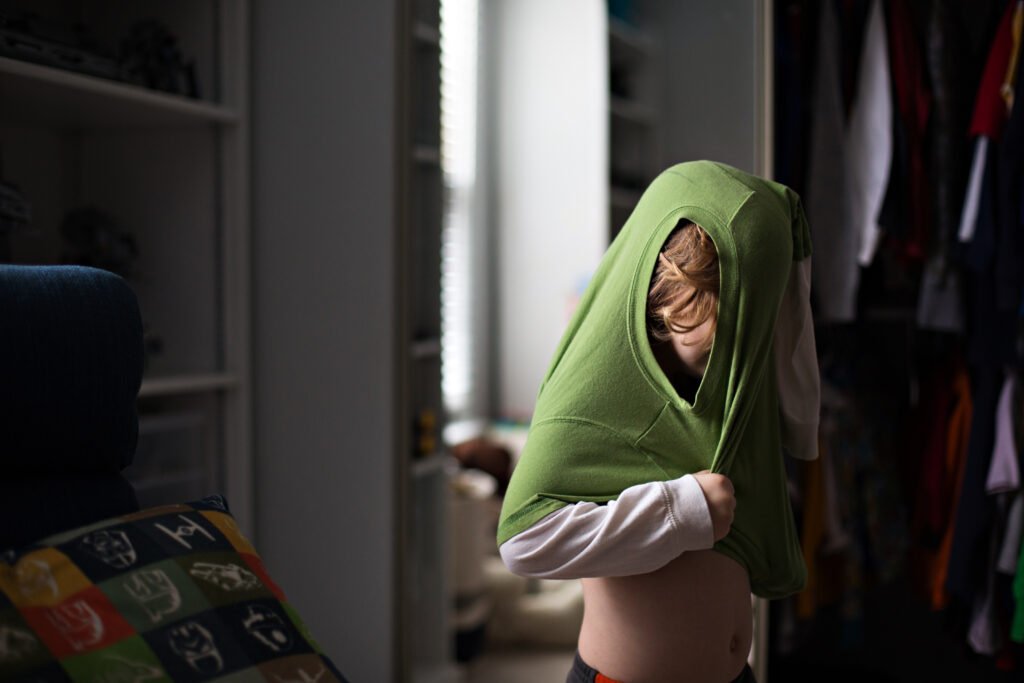 There's no judgment here. It's easy to see why screens are appealing. They may seem to help your child stay at the table and finish breakfast or offer a distraction so you can shower and get ready for work. Perhaps the promise of a video on the car ride to school makes it easier to get into the car. Here’s our plea: please don’t offer a screen in the morning. Together let’s find another way. If you don’t need convincing about why to make the change and just want to know how to do it, feel free to skip the next couple of paragraphs.Why avoid screens in the morning? Remember those real-life skills otherwise knows as
There's no judgment here. It's easy to see why screens are appealing. They may seem to help your child stay at the table and finish breakfast or offer a distraction so you can shower and get ready for work. Perhaps the promise of a video on the car ride to school makes it easier to get into the car. Here’s our plea: please don’t offer a screen in the morning. Together let’s find another way. If you don’t need convincing about why to make the change and just want to know how to do it, feel free to skip the next couple of paragraphs.Why avoid screens in the morning? Remember those real-life skills otherwise knows as 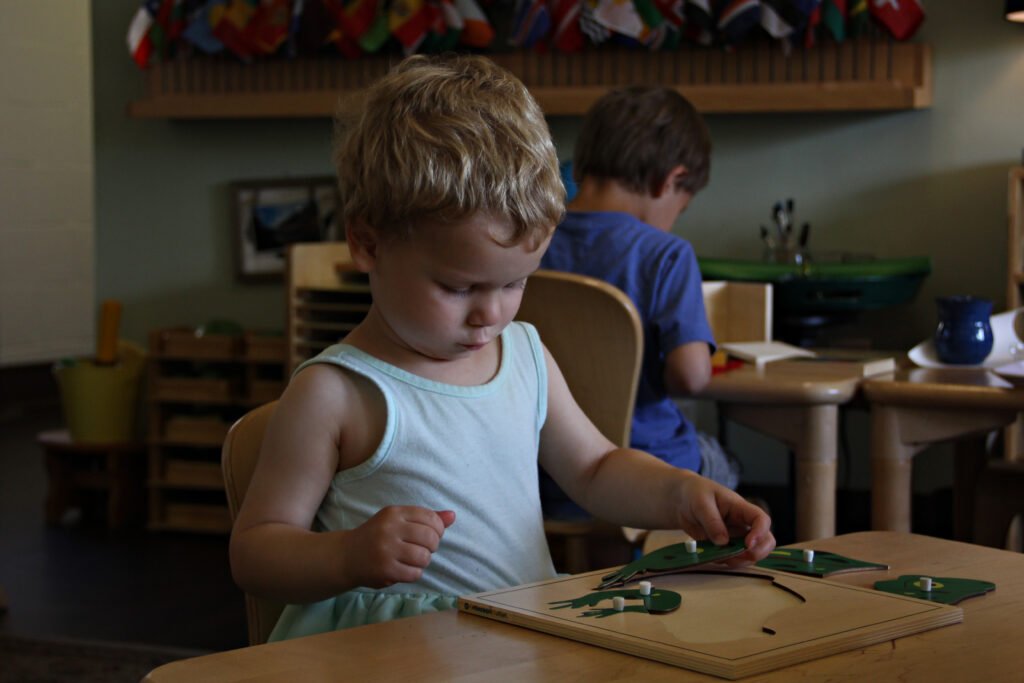 Drawing parallels between studies and real life can be difficult, so here’s something else to consider. Guides ask us not to use screens before school. Let’s trust our guides about what contributes to the children having a more successful day at school.
Drawing parallels between studies and real life can be difficult, so here’s something else to consider. Guides ask us not to use screens before school. Let’s trust our guides about what contributes to the children having a more successful day at school.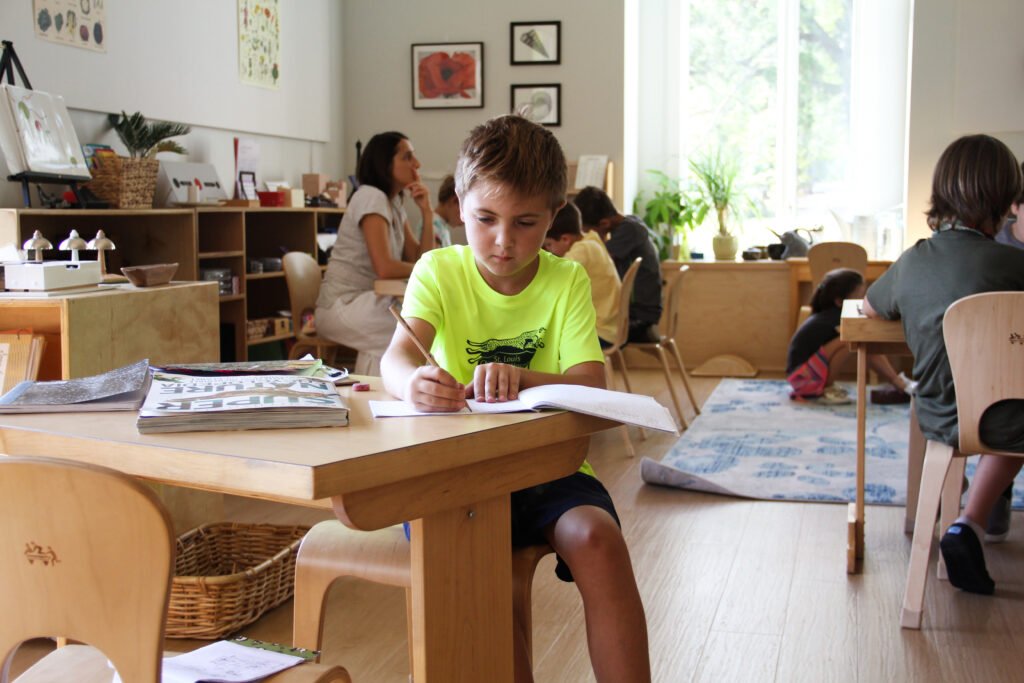 So, how are you going to make the change? The first step is to commit to the decision. Then, to be blunt, just do it, cold turkey. Tell your children that screen time will no longer be part of their mornings (and evenings? weekdays in general?). As a parent, you are in charge of this decision. Yes, your children might complain. Yes, they might fight it. They will also adjust and transition, and ultimately you will see the benefit of the choice you made.This adjustment might require changes to your morning routine. Try to think about how and why you use the screens and make a plan to help alleviate these situations (think: adults showering at night, everyone sitting down to eat breakfast together, rearranging who gets ready when, etc.).
So, how are you going to make the change? The first step is to commit to the decision. Then, to be blunt, just do it, cold turkey. Tell your children that screen time will no longer be part of their mornings (and evenings? weekdays in general?). As a parent, you are in charge of this decision. Yes, your children might complain. Yes, they might fight it. They will also adjust and transition, and ultimately you will see the benefit of the choice you made.This adjustment might require changes to your morning routine. Try to think about how and why you use the screens and make a plan to help alleviate these situations (think: adults showering at night, everyone sitting down to eat breakfast together, rearranging who gets ready when, etc.).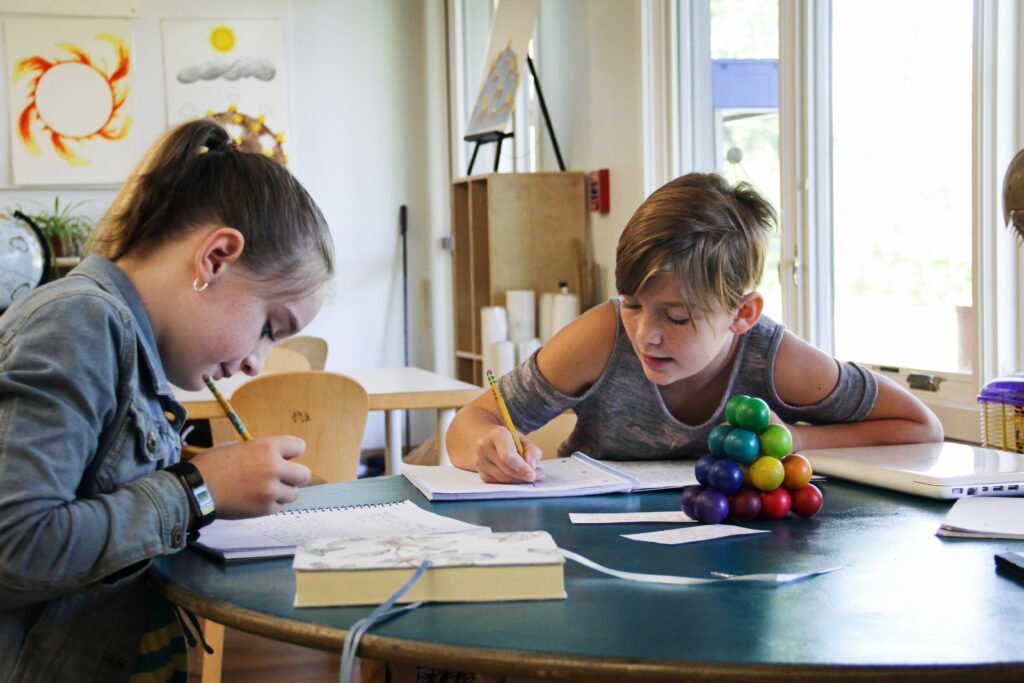 If you use screens on the drive to school here are some suggestions for your new screen-free ride to school – some of these can also be implemented in morning routines at home!
If you use screens on the drive to school here are some suggestions for your new screen-free ride to school – some of these can also be implemented in morning routines at home!
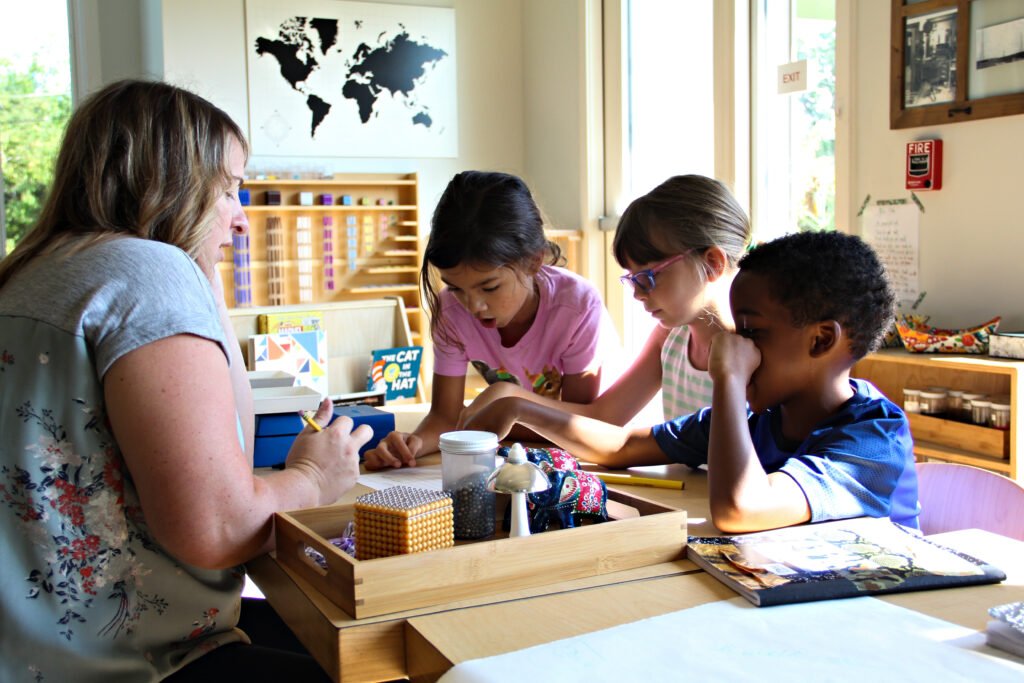 You’re making the change for a reason, hold out until you see the fruits of your effort! You can do this!Thank you, as always, for the beautiful photos Melinda!
You’re making the change for a reason, hold out until you see the fruits of your effort! You can do this!Thank you, as always, for the beautiful photos Melinda!

 Our perspective shifts every time our vantage point changes. Standing knee deep in water or sitting astride a horse offers the opportunity to see our world anew. The camping trip affords the children a multitude of experiences to expand their world. The shifts in perspective assist the children in placing themselves in the cosmos.
Our perspective shifts every time our vantage point changes. Standing knee deep in water or sitting astride a horse offers the opportunity to see our world anew. The camping trip affords the children a multitude of experiences to expand their world. The shifts in perspective assist the children in placing themselves in the cosmos.






 From Lower Elementary Guide Ms. Megan's description of committee meetings, it's easy to see how many social (read: life!) skills the children gain from this experience. She shares, "If you were to sit and observe a committee meeting, you would see charts, maps, surveys and graphs. You would not only hear the children's thoughts and ideas, but persuasive arguments, disputes, negotiations and compromises. You would get a sense of how deeply responsible the children feel about their individual tasks and how eager they are to contribute to their small society. Watching the community come together through this activity is inspiring!"
From Lower Elementary Guide Ms. Megan's description of committee meetings, it's easy to see how many social (read: life!) skills the children gain from this experience. She shares, "If you were to sit and observe a committee meeting, you would see charts, maps, surveys and graphs. You would not only hear the children's thoughts and ideas, but persuasive arguments, disputes, negotiations and compromises. You would get a sense of how deeply responsible the children feel about their individual tasks and how eager they are to contribute to their small society. Watching the community come together through this activity is inspiring!"






 Thank you Melinda for the photos!
Thank you Melinda for the photos!
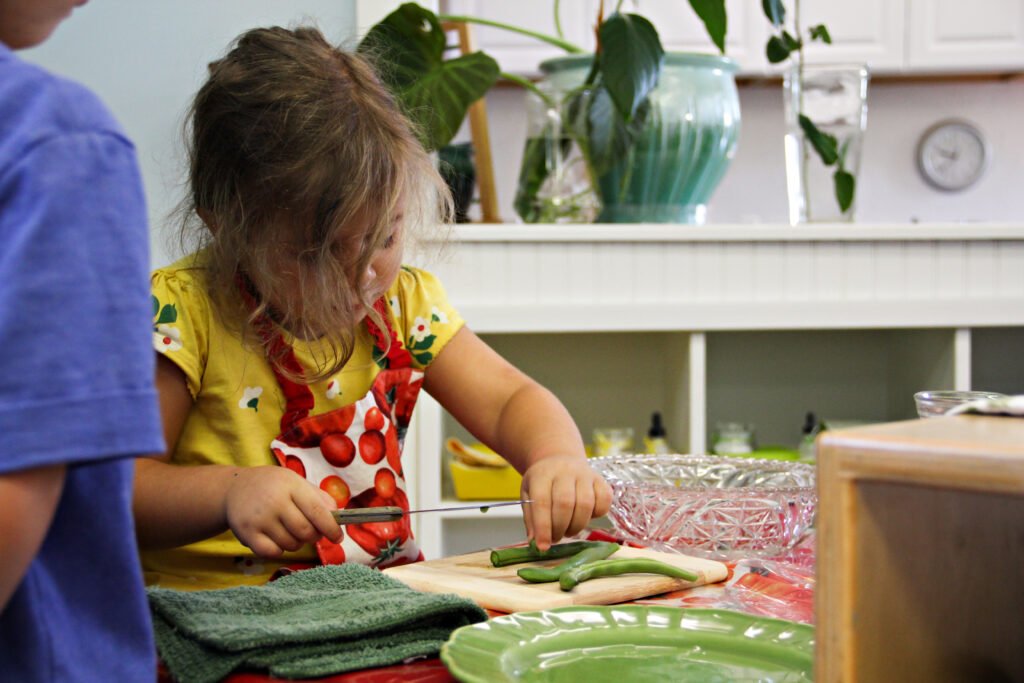 Inhibitory control can be broken down into self-control and selective attention. Self-control is a person’s ability to intentionally refrain from doing something. Selective attention is the ability to choose to focus on one thing (e.g., talking to one person at a party without being distracted by the other conversations around you).
Inhibitory control can be broken down into self-control and selective attention. Self-control is a person’s ability to intentionally refrain from doing something. Selective attention is the ability to choose to focus on one thing (e.g., talking to one person at a party without being distracted by the other conversations around you).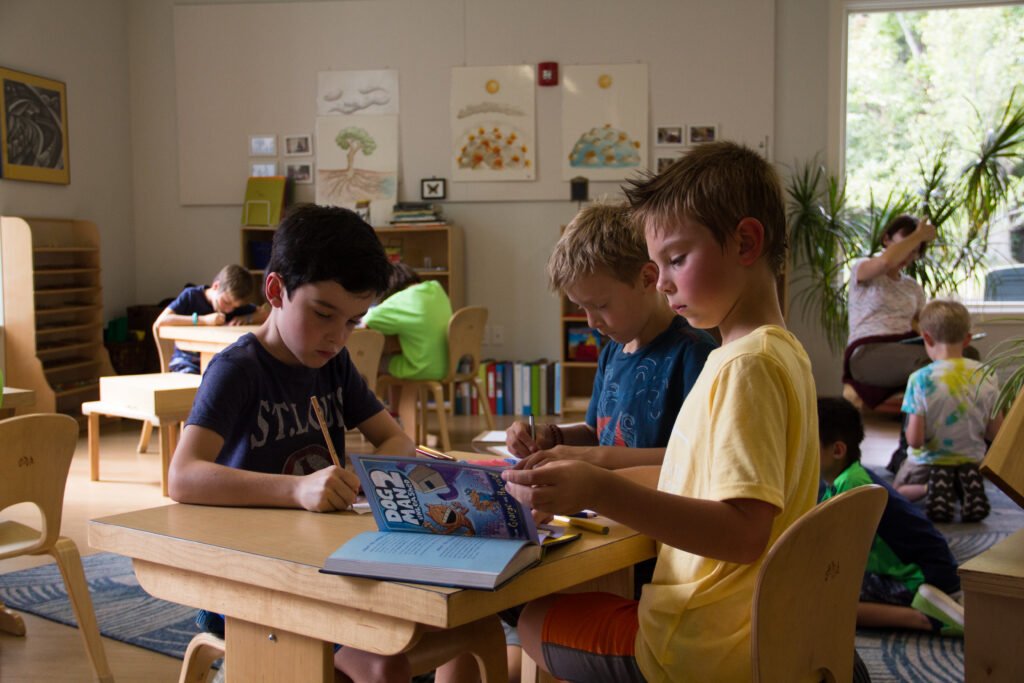
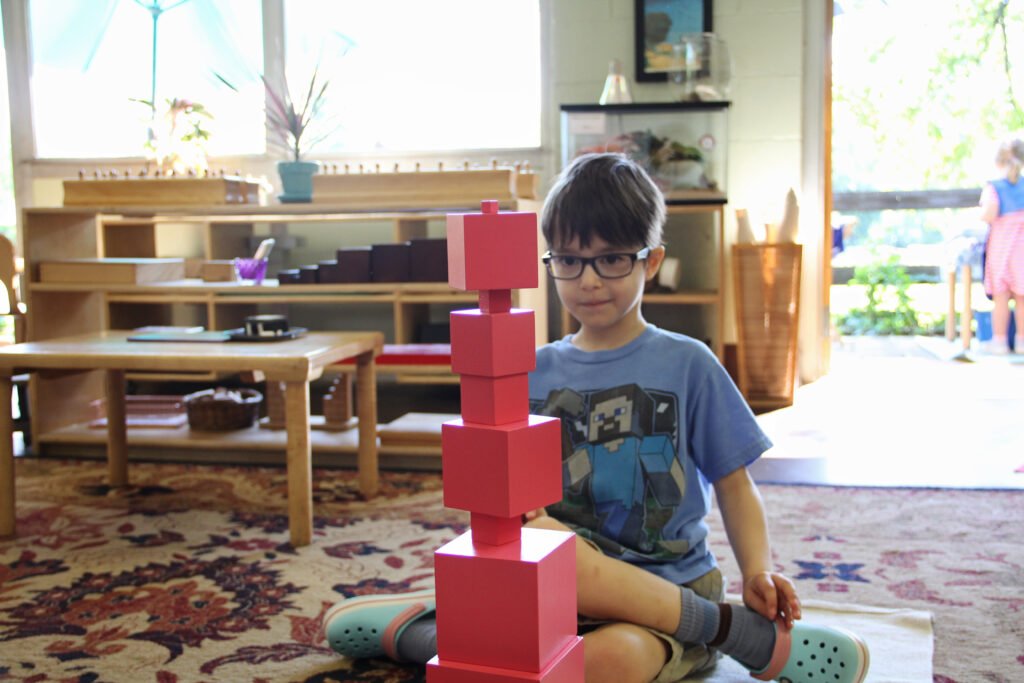 Working memory refers to holding information in your mind and doing something with it. This ability is vital for understanding change over time, following direction, reading and doing mental math.
Working memory refers to holding information in your mind and doing something with it. This ability is vital for understanding change over time, following direction, reading and doing mental math.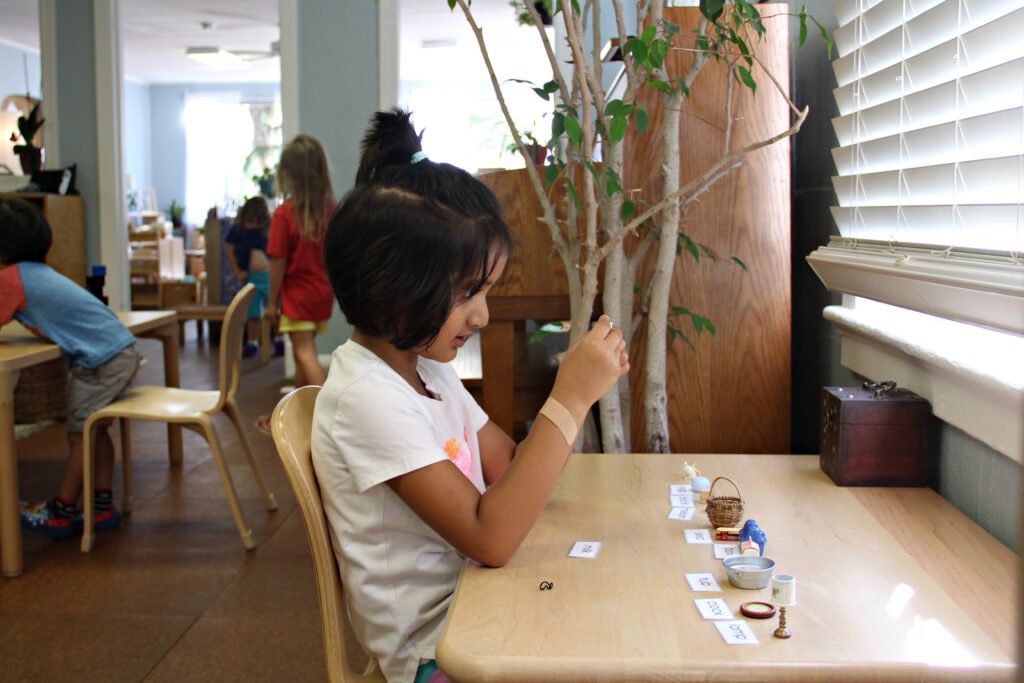 Cognitive flexibility is the ability to switch from task to task or to take in new information and reformulate your thinking based on the integration of new information (e.g., admit to making mistakes or to being mistaken!). What a great skill to have as an adult! And how we long for our children to have this ability.
Cognitive flexibility is the ability to switch from task to task or to take in new information and reformulate your thinking based on the integration of new information (e.g., admit to making mistakes or to being mistaken!). What a great skill to have as an adult! And how we long for our children to have this ability.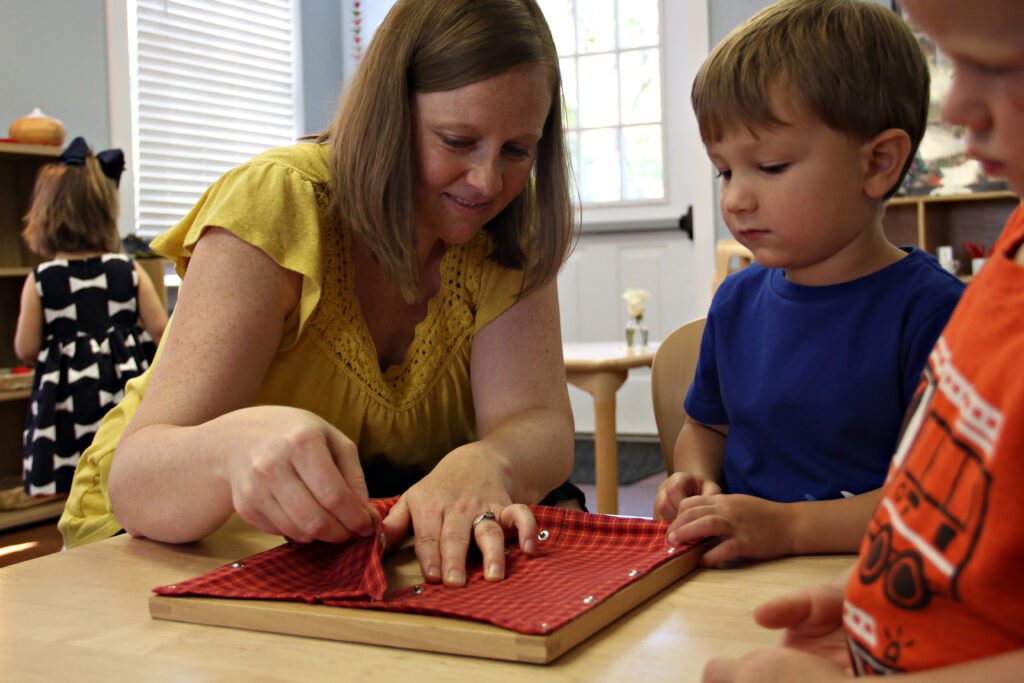
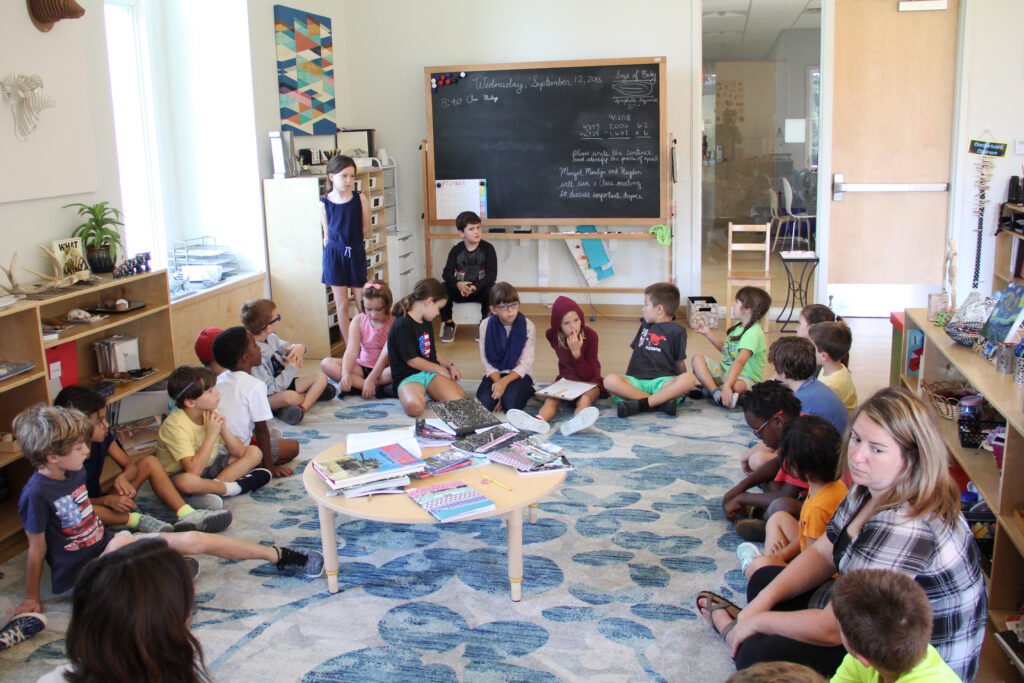 From these three core functions grow the more complex functions of problem solving, reasoning and planning. It’s easy to see why executive functions are so important not just for success in school but also in life. More to come...Bibliography:
From these three core functions grow the more complex functions of problem solving, reasoning and planning. It’s easy to see why executive functions are so important not just for success in school but also in life. More to come...Bibliography: 
 If you haven’t already come up with your favorite way to answer those questions about what Montessori is and what makes Montessori unique, here’s a great way to answer: observation.
If you haven’t already come up with your favorite way to answer those questions about what Montessori is and what makes Montessori unique, here’s a great way to answer: observation. Dr. Montessori did not impose a method which happened to work. Rather, her pedagogy arose from her continued observation of children. She noticed which materials the children were drawn to and what type of work they wanted to do. The brilliance she gifted us with is a result of her skilled observation.
Dr. Montessori did not impose a method which happened to work. Rather, her pedagogy arose from her continued observation of children. She noticed which materials the children were drawn to and what type of work they wanted to do. The brilliance she gifted us with is a result of her skilled observation.
 Observation remains the foundational piece of implementing Montessori in the classroom. Through observation the guide gets to know the child and determines how best to link them with the environment. Through purposeful and conscientious noticing, the guide is able to offer the right lesson at just the right time. This in turn leads to repetition,
Observation remains the foundational piece of implementing Montessori in the classroom. Through observation the guide gets to know the child and determines how best to link them with the environment. Through purposeful and conscientious noticing, the guide is able to offer the right lesson at just the right time. This in turn leads to repetition,  As the school year progresses and the children are settling into their environments, parents are invited to get in on the magic by observing in the classroom. This opportunity is an essential part of parent education and a great avenue toward understanding your child’s classroom experience. Observing is also the best way to prepare yourself for parent-teacher conferences!
As the school year progresses and the children are settling into their environments, parents are invited to get in on the magic by observing in the classroom. This opportunity is an essential part of parent education and a great avenue toward understanding your child’s classroom experience. Observing is also the best way to prepare yourself for parent-teacher conferences! Here are some things to look for and/or keep in mind when you observe:
Here are some things to look for and/or keep in mind when you observe:
 Observation is what allows Montessori to come alive. Please come and join us in the classroom!(Isn't Melinda Smith just amazing with her camera? Thank you Melinda!)
Observation is what allows Montessori to come alive. Please come and join us in the classroom!(Isn't Melinda Smith just amazing with her camera? Thank you Melinda!)
 Describe your educational background. BS in Management Information Systems and BS in Nursing. I worked in the IT industry and decided to go back to school and become a Registered Nurse. I worked for Cardinal Glennon in the PICU and on the Neonatal/Pediatric Transport Team. My last position was with Mid-America Transplant working on the donor side of organ transplants.How/when did you become interested in Montessori education? I was not aware of Montessori until my wife Sarah introduced me to it. Sarah had been in a Primary class while growing up and when our oldest son needed to start school while I was working on my RN degree, he started at Villa.
Describe your educational background. BS in Management Information Systems and BS in Nursing. I worked in the IT industry and decided to go back to school and become a Registered Nurse. I worked for Cardinal Glennon in the PICU and on the Neonatal/Pediatric Transport Team. My last position was with Mid-America Transplant working on the donor side of organ transplants.How/when did you become interested in Montessori education? I was not aware of Montessori until my wife Sarah introduced me to it. Sarah had been in a Primary class while growing up and when our oldest son needed to start school while I was working on my RN degree, he started at Villa. What has been the BEST part of your Montessori experience so far? I will answer this from the parent perspective. The thing that I like best is that my boys have always enjoyed/wanted to go to school each day and on top of that they have a desire to learn. This desire to learn is something that I did not have when I was growing up, so it is exciting to see what they will be able to do with that foundation.What do you enjoy doing outside of your time at VdM? I enjoy watching movies and generally just spending time doing mindless tasks, like mowing the lawn, so that I can listen to podcasts. I have recently started getting my oldest son to run long distances with me and it is a good time for us to be together.If you were to plan a most perfect, relaxing weekend day, what would it entail? Reading a book on the couch with the family while watching a sporting event in the fall/winter with a fire going.What is something you look forward to this school year? I will enjoy getting to see the differences in the children. I have always noticed changes in my own children but getting to see what the school is doing for multiple/all the children will be exciting.
What has been the BEST part of your Montessori experience so far? I will answer this from the parent perspective. The thing that I like best is that my boys have always enjoyed/wanted to go to school each day and on top of that they have a desire to learn. This desire to learn is something that I did not have when I was growing up, so it is exciting to see what they will be able to do with that foundation.What do you enjoy doing outside of your time at VdM? I enjoy watching movies and generally just spending time doing mindless tasks, like mowing the lawn, so that I can listen to podcasts. I have recently started getting my oldest son to run long distances with me and it is a good time for us to be together.If you were to plan a most perfect, relaxing weekend day, what would it entail? Reading a book on the couch with the family while watching a sporting event in the fall/winter with a fire going.What is something you look forward to this school year? I will enjoy getting to see the differences in the children. I have always noticed changes in my own children but getting to see what the school is doing for multiple/all the children will be exciting. Your Favorite:Color: OrangeSeason: FallBook: Ready Player OneHoliday: Thanksgiving (everything great without strings)Movie: DuneHobby: HockeyType of music: Currently listening to the Apple Chill stationSong: “September” by Earth Wind and FireRestaurant in St. Louis: The TavernVacation: Grand Teton National ParkSport: HockeyGame: 7 wondersFruit: Apple (Pink Lady)Vegetable: CarrotIf you had to choose ONE:Rain or Snow: SnowCoffee or Tea: Tea (never liked coffee)Morning or Night: NightOcean or Lake: OceanDog or Cat: Dog (the bigger the better)Talk or Listen: Talk (trying to work on this)Walk or Run: RunSave or Spend: SaveBike or Swim: BikeSalt or Pepper: SaltRealistic Fiction or Fantasy: FantasySummer or Winter: WinterNew York or California: California, it has every climate in less than 100 milesCook or Dine Out: Dine out which contradicts the save mentality
Your Favorite:Color: OrangeSeason: FallBook: Ready Player OneHoliday: Thanksgiving (everything great without strings)Movie: DuneHobby: HockeyType of music: Currently listening to the Apple Chill stationSong: “September” by Earth Wind and FireRestaurant in St. Louis: The TavernVacation: Grand Teton National ParkSport: HockeyGame: 7 wondersFruit: Apple (Pink Lady)Vegetable: CarrotIf you had to choose ONE:Rain or Snow: SnowCoffee or Tea: Tea (never liked coffee)Morning or Night: NightOcean or Lake: OceanDog or Cat: Dog (the bigger the better)Talk or Listen: Talk (trying to work on this)Walk or Run: RunSave or Spend: SaveBike or Swim: BikeSalt or Pepper: SaltRealistic Fiction or Fantasy: FantasySummer or Winter: WinterNew York or California: California, it has every climate in less than 100 milesCook or Dine Out: Dine out which contradicts the save mentality

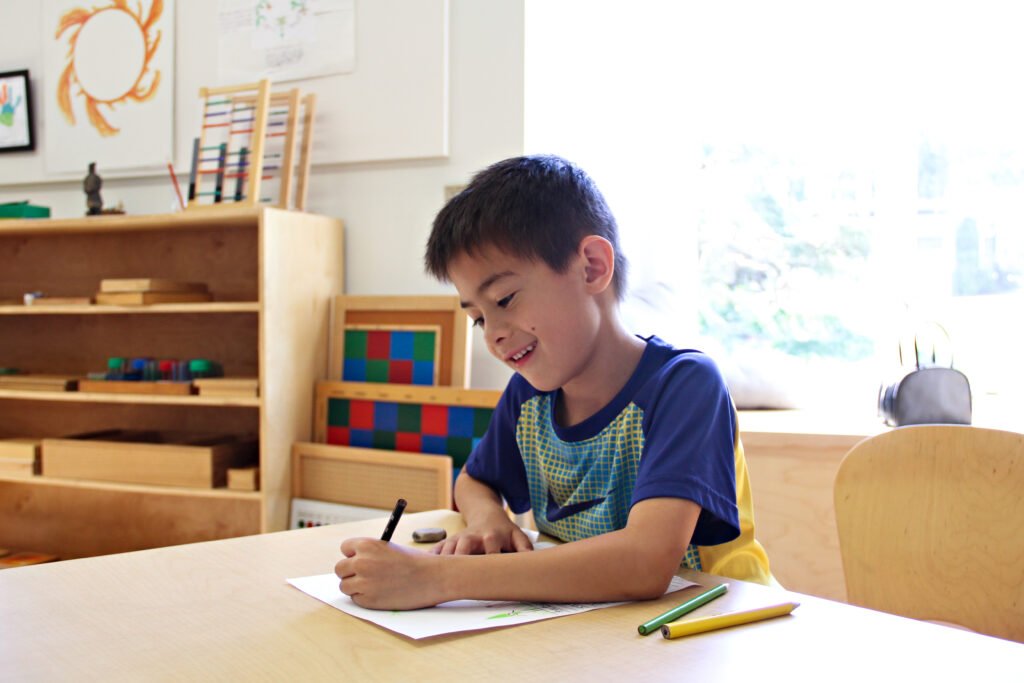 “The first essential for the child's development is concentration. The child who concentrates is immensely happy.”
“The first essential for the child's development is concentration. The child who concentrates is immensely happy.” Montessori environments inherently bolster the development of concentration. The three-hour work period affords extended time without interruption which is vital for concentration to thrive. Further, the materials themselves are attractive to the children, inviting repetition which in turn leads to concentration.
Montessori environments inherently bolster the development of concentration. The three-hour work period affords extended time without interruption which is vital for concentration to thrive. Further, the materials themselves are attractive to the children, inviting repetition which in turn leads to concentration.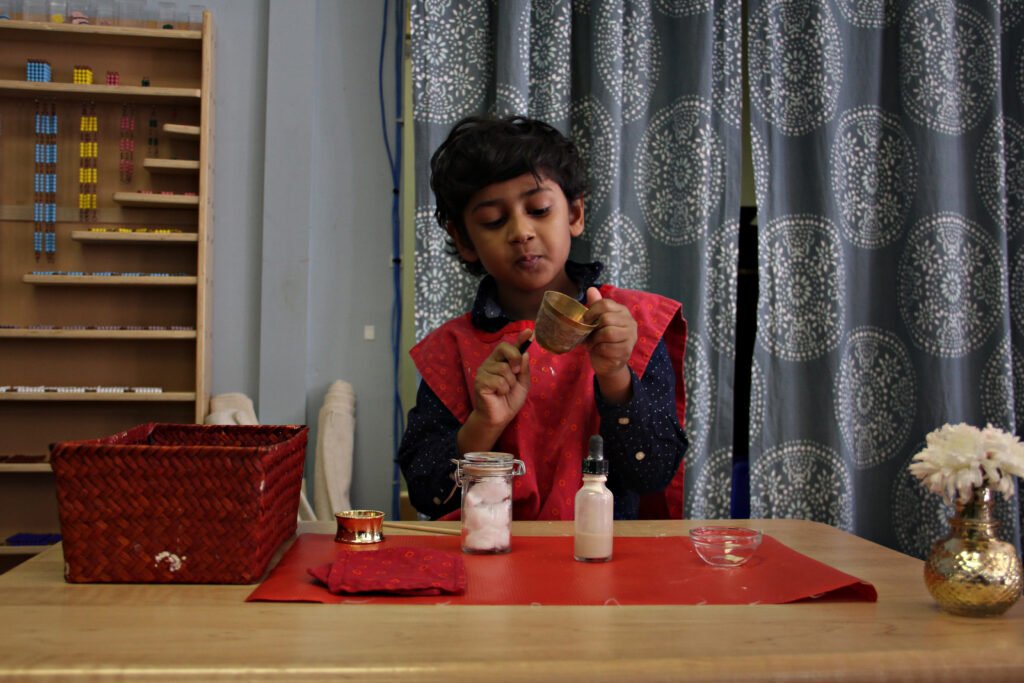
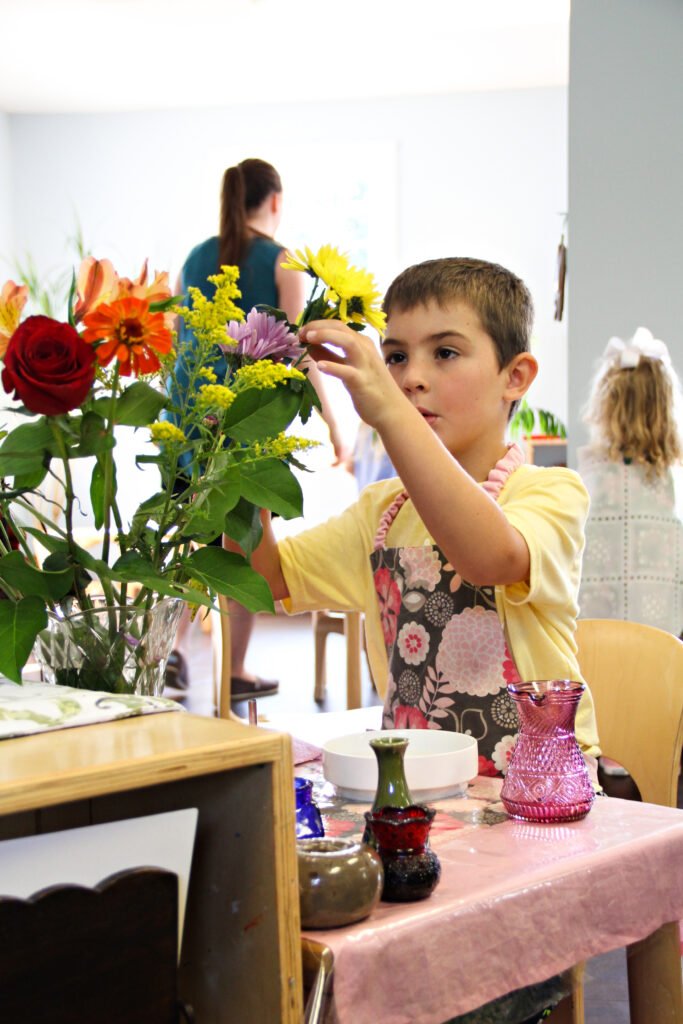 As is true at school, when your child is concentrating on meaningful work at home, please do not interrupt them unless absolutely necessary. Their work may not seem meaningful to adult eyes, but balancing playing cards, tying and untying bows, lining up all the shoes in the house... This is all meaningful work.
As is true at school, when your child is concentrating on meaningful work at home, please do not interrupt them unless absolutely necessary. Their work may not seem meaningful to adult eyes, but balancing playing cards, tying and untying bows, lining up all the shoes in the house... This is all meaningful work.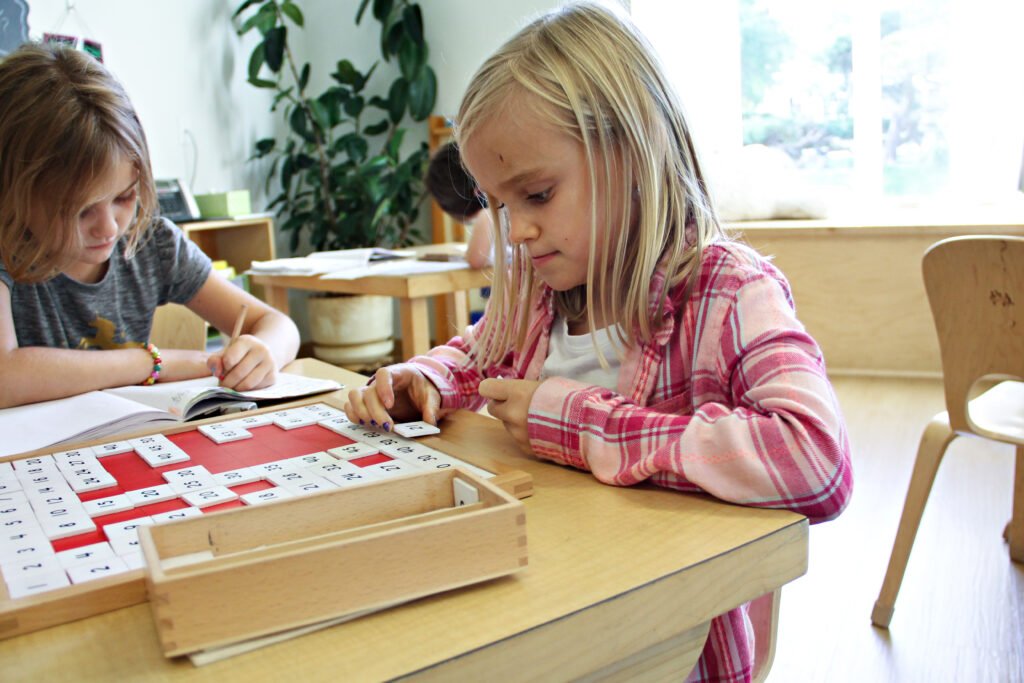 The sight of a child concentrating can transport us. We sense the feeling of deep calm and focus we too experience when we are allowed to fully lose ourselves to a productive task. Concentration is a beautiful thing to witness. Here we are witnesses to the moment of learning, the acquisition of knowledge.
The sight of a child concentrating can transport us. We sense the feeling of deep calm and focus we too experience when we are allowed to fully lose ourselves to a productive task. Concentration is a beautiful thing to witness. Here we are witnesses to the moment of learning, the acquisition of knowledge.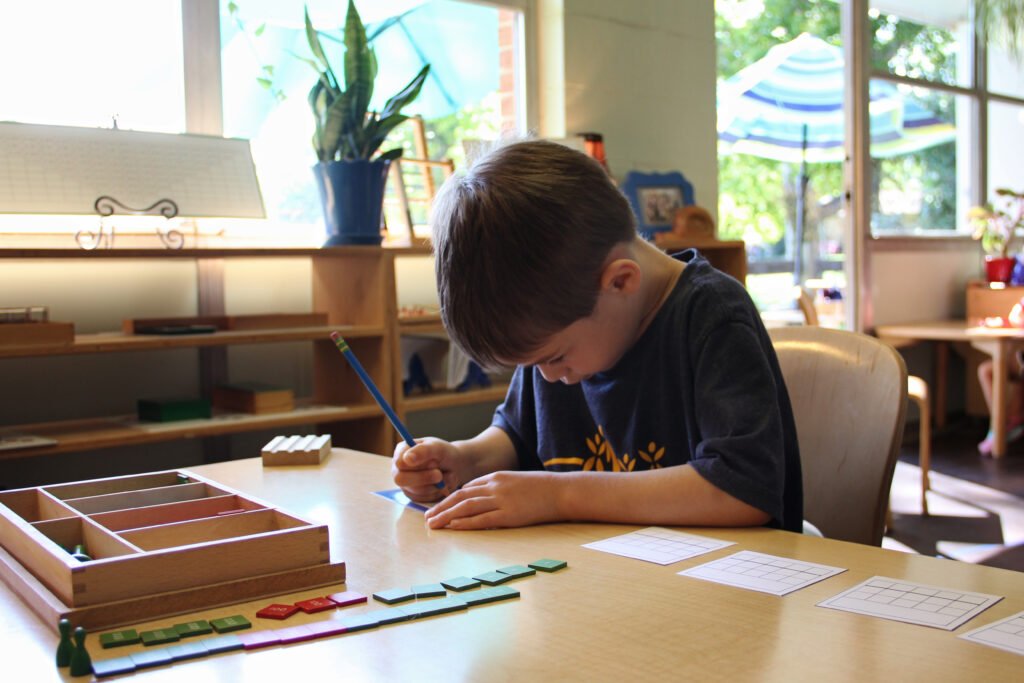 Many thanks to Melinda Smith for sharing her splendid photography.
Many thanks to Melinda Smith for sharing her splendid photography.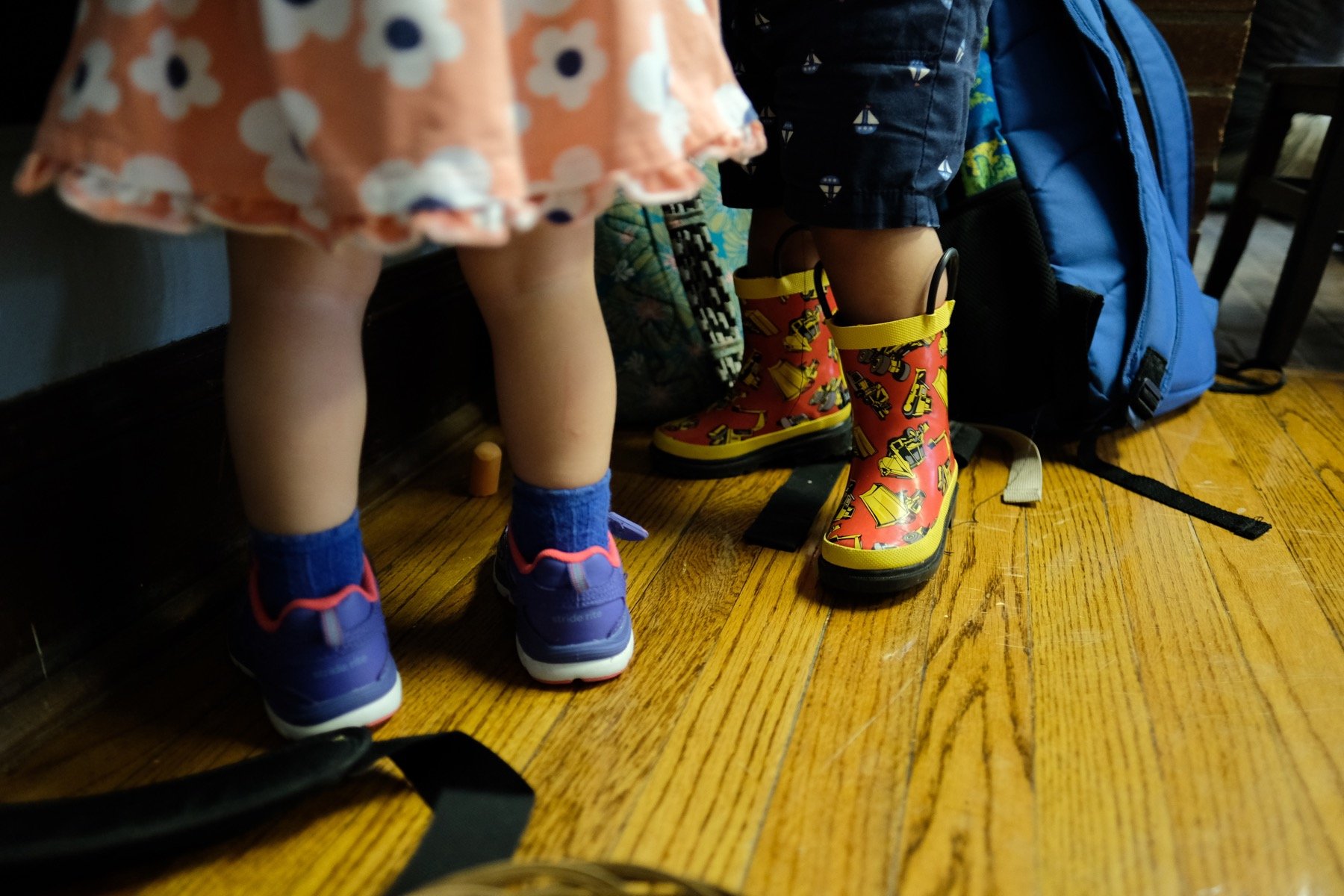
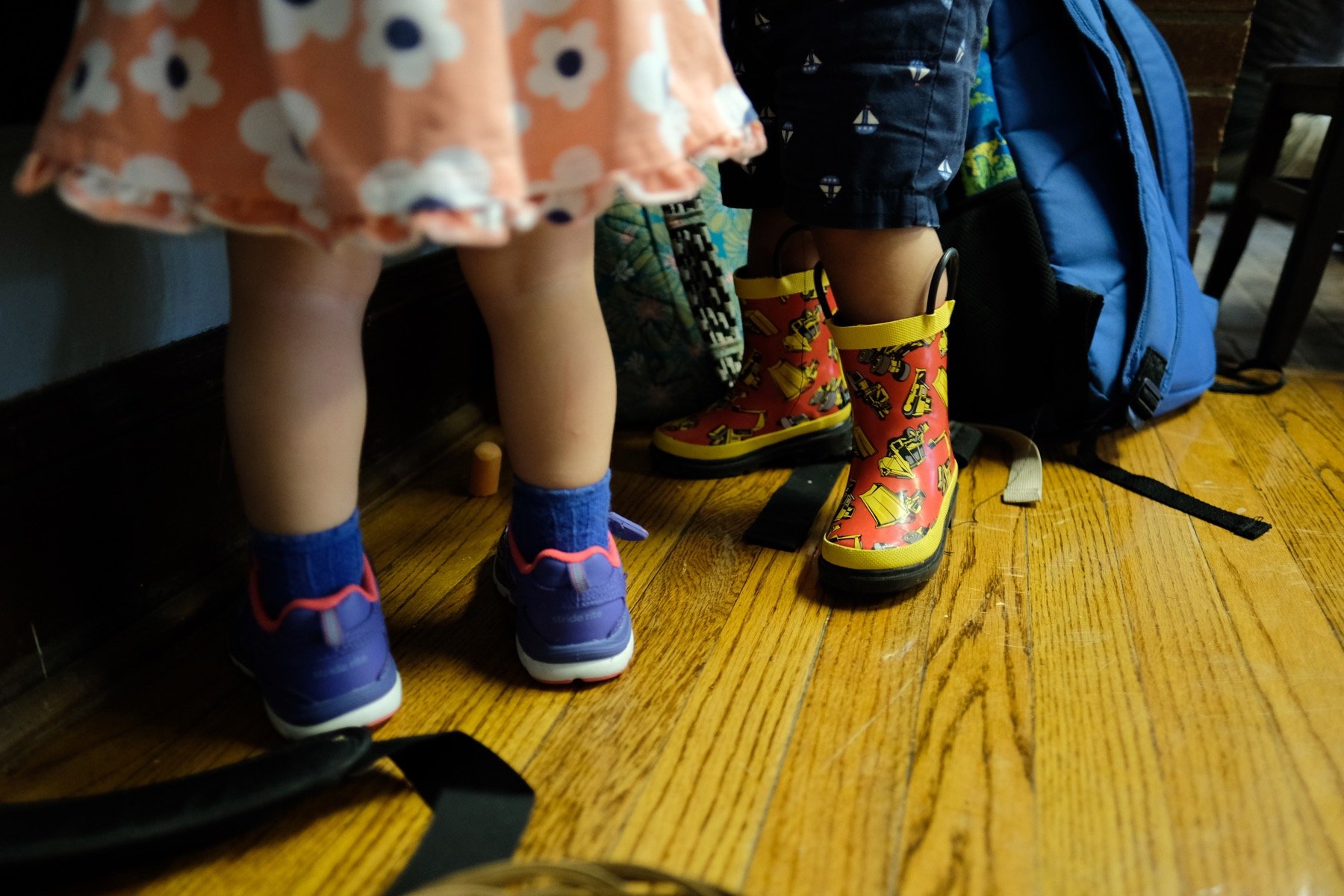
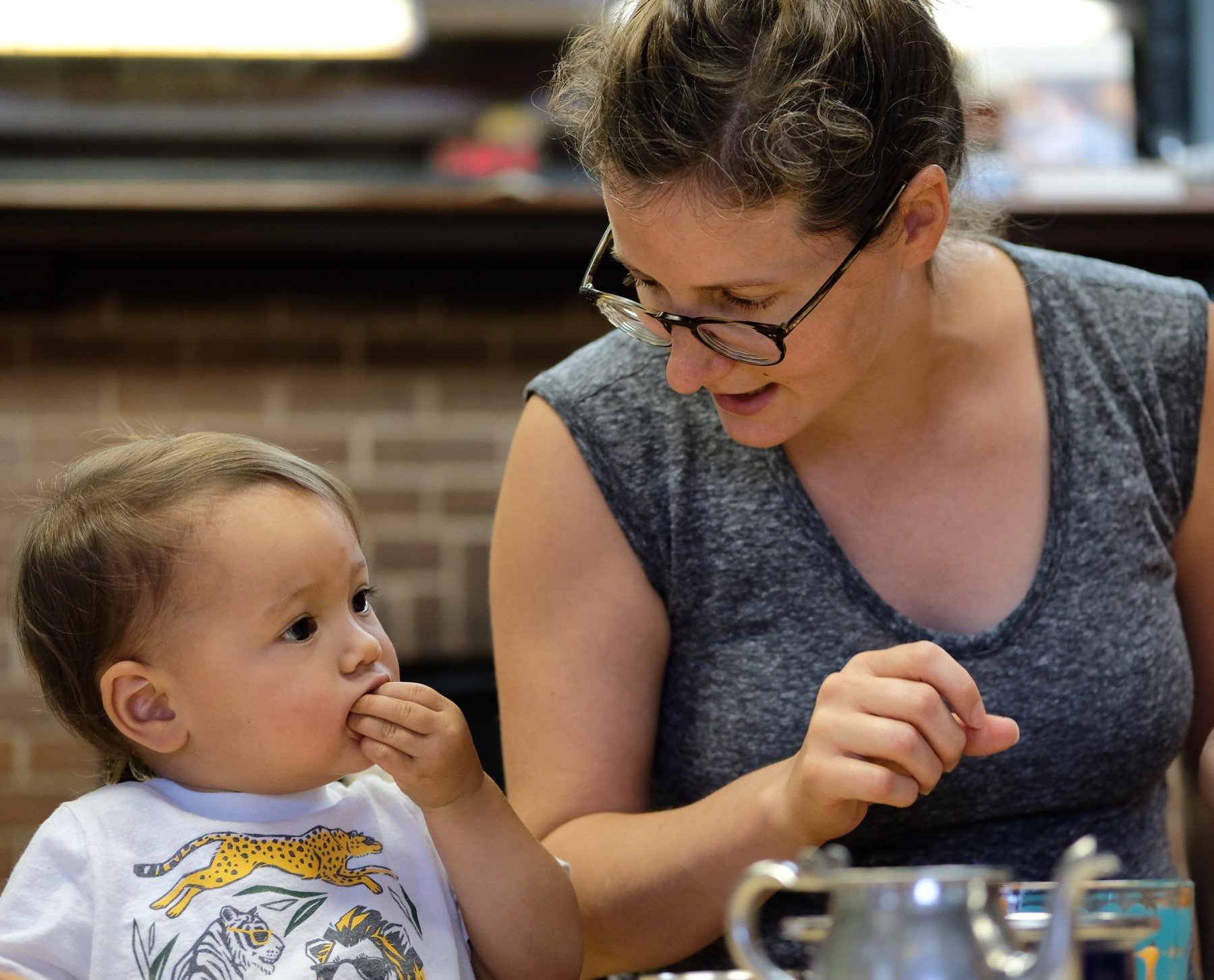 Every person’s best is influenced by the skills, tools and energy they have at any given moment. We’re here to provide support and information so that your best optimally aligns with your child’s needs.Let me be clear, it’s not that your best isn’t good enough – it’s that parenting is best done in community. It takes a village, not just to raise a child but to raise ourselves to the task. The more knowledgeable we are about our child’s developmental needs, the better we can meet these needs. When our best aligns with our child’s needs, that’s when the magic happens. That’s the sweet spot we are all aiming for in our parenting journey.
Every person’s best is influenced by the skills, tools and energy they have at any given moment. We’re here to provide support and information so that your best optimally aligns with your child’s needs.Let me be clear, it’s not that your best isn’t good enough – it’s that parenting is best done in community. It takes a village, not just to raise a child but to raise ourselves to the task. The more knowledgeable we are about our child’s developmental needs, the better we can meet these needs. When our best aligns with our child’s needs, that’s when the magic happens. That’s the sweet spot we are all aiming for in our parenting journey.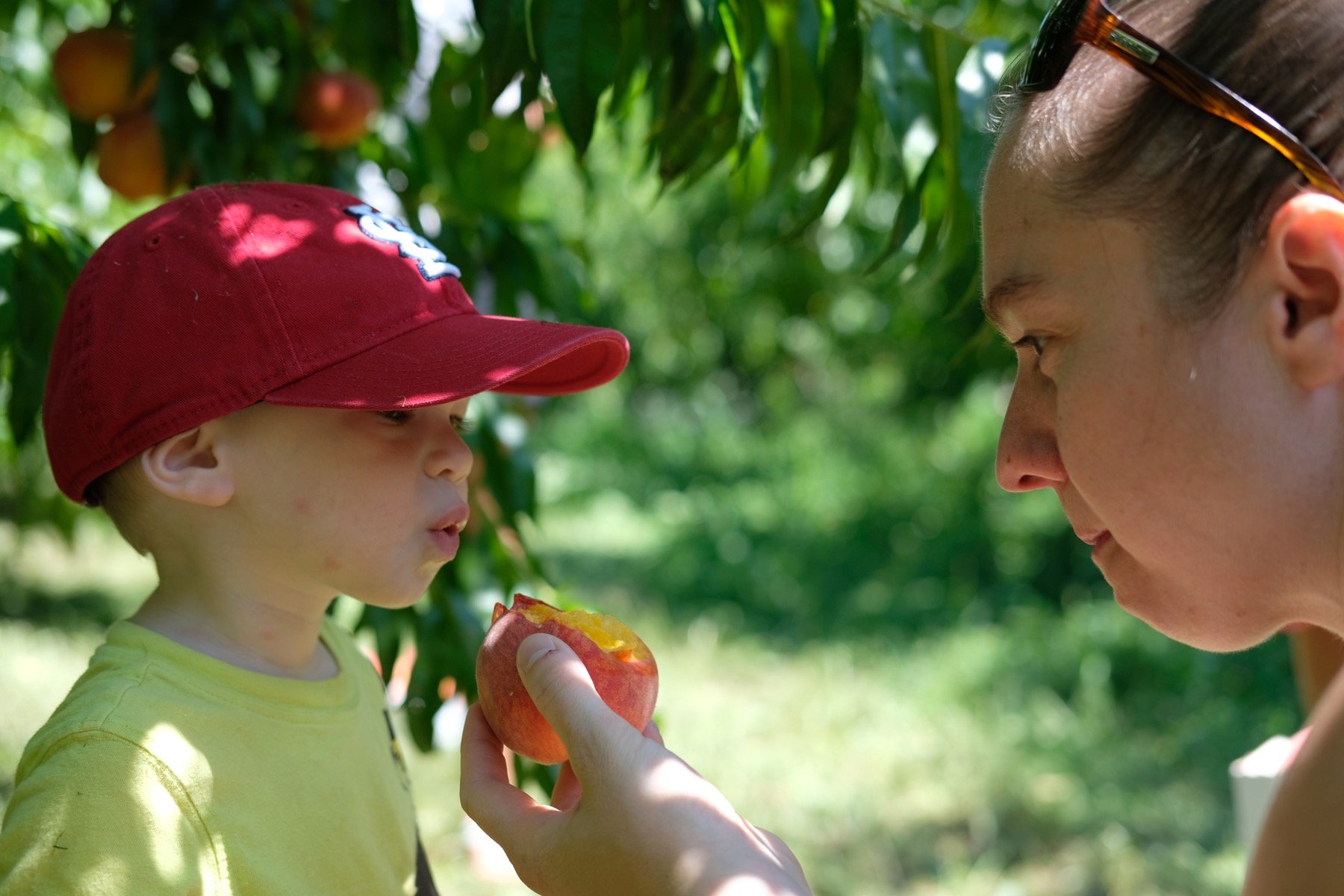 So, please take all the blog posts, all the parent education, all the reminders about pick up, drop off and the importance of timely arrivals, knowing we understand that you are doing your best. Every bit of advice is offered recognizing that you want the best for your child.The beauty of a community is that you don’t have to do all the work. You can lean on others’ expertise. The Villa di Maria community wants to support you. We want to accompany you on the journey.We see you. You might not feel like you've got this parenting thing, but together we've got it.
So, please take all the blog posts, all the parent education, all the reminders about pick up, drop off and the importance of timely arrivals, knowing we understand that you are doing your best. Every bit of advice is offered recognizing that you want the best for your child.The beauty of a community is that you don’t have to do all the work. You can lean on others’ expertise. The Villa di Maria community wants to support you. We want to accompany you on the journey.We see you. You might not feel like you've got this parenting thing, but together we've got it.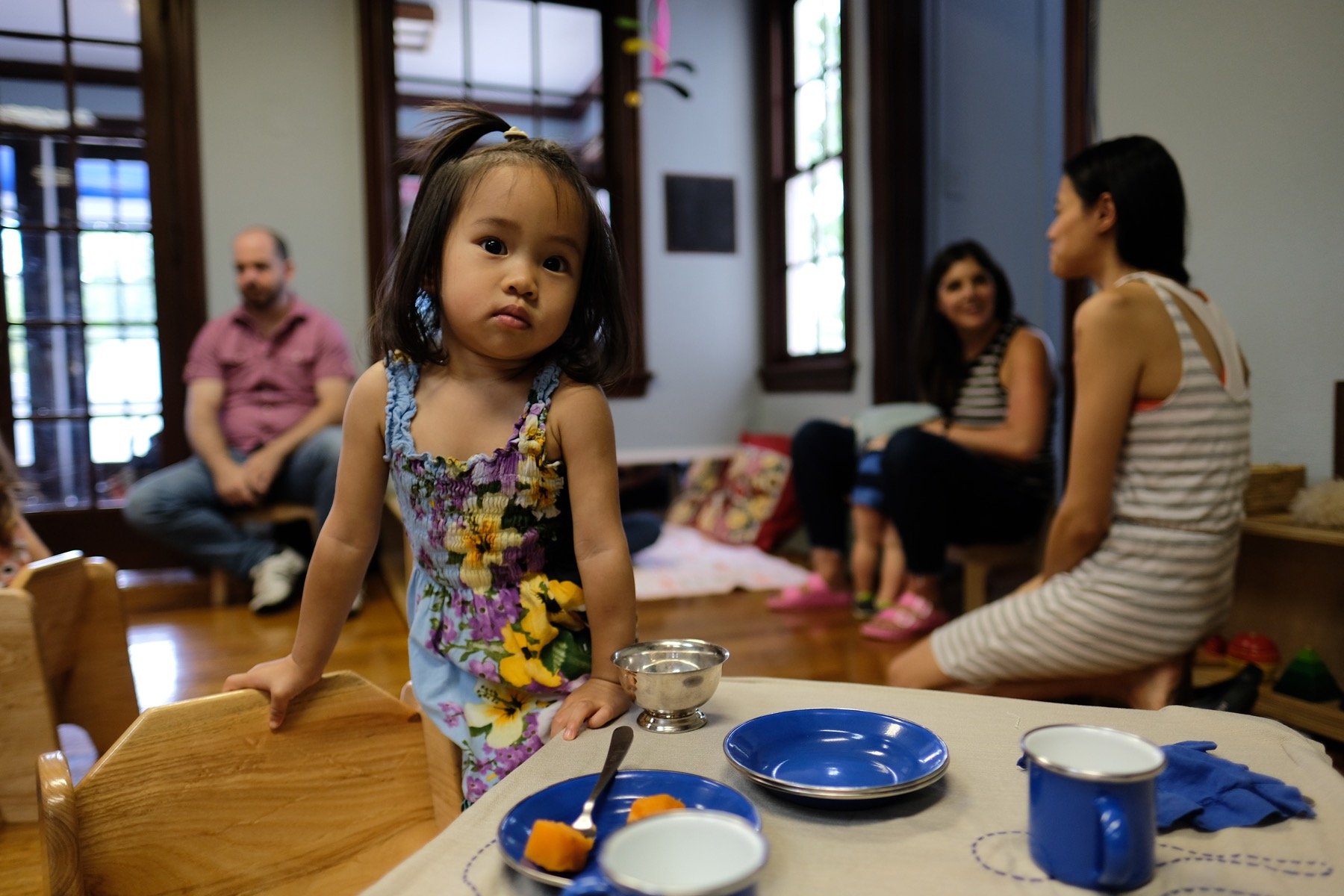 Many thanks to Jordan Lev for the beautiful photographs.
Many thanks to Jordan Lev for the beautiful photographs.

 There can be as many ways to do this as there are classrooms of elementary children, but a few helpful principles that guides may often use are:
There can be as many ways to do this as there are classrooms of elementary children, but a few helpful principles that guides may often use are:
 The process will be both similar and different each year. This year, when I asked the children why we might want to phrase things positively instead of negatively, one mischievous-eyed child shared, “Because when someone tells you you can’t do something, it just makes you want to do it more.” Early wisdom, from a child who has - perhaps - had many experiences already being told what they couldn’t do, and far fewer being encouraged in what they can do. Imagine how helpful it might be to give this child options instead of restrictions! The rules (or guidelines, or contract, it can be called whatever the children are comfortable with) can present a roadmap to help the children be their best selves instead of a series of roadblocks preventing them from progress.
The process will be both similar and different each year. This year, when I asked the children why we might want to phrase things positively instead of negatively, one mischievous-eyed child shared, “Because when someone tells you you can’t do something, it just makes you want to do it more.” Early wisdom, from a child who has - perhaps - had many experiences already being told what they couldn’t do, and far fewer being encouraged in what they can do. Imagine how helpful it might be to give this child options instead of restrictions! The rules (or guidelines, or contract, it can be called whatever the children are comfortable with) can present a roadmap to help the children be their best selves instead of a series of roadblocks preventing them from progress.
 In an upcoming post we will cover class meetings, one of the tools for amending, expanding and revisiting the social contract made together at the start. In part three, we will talk about how you can include and empower your child in your family life at home (spoiler: it’s the weekly family meeting).Many thanks to Melinda Smith and Jade Venditte for the photographs.
In an upcoming post we will cover class meetings, one of the tools for amending, expanding and revisiting the social contract made together at the start. In part three, we will talk about how you can include and empower your child in your family life at home (spoiler: it’s the weekly family meeting).Many thanks to Melinda Smith and Jade Venditte for the photographs.
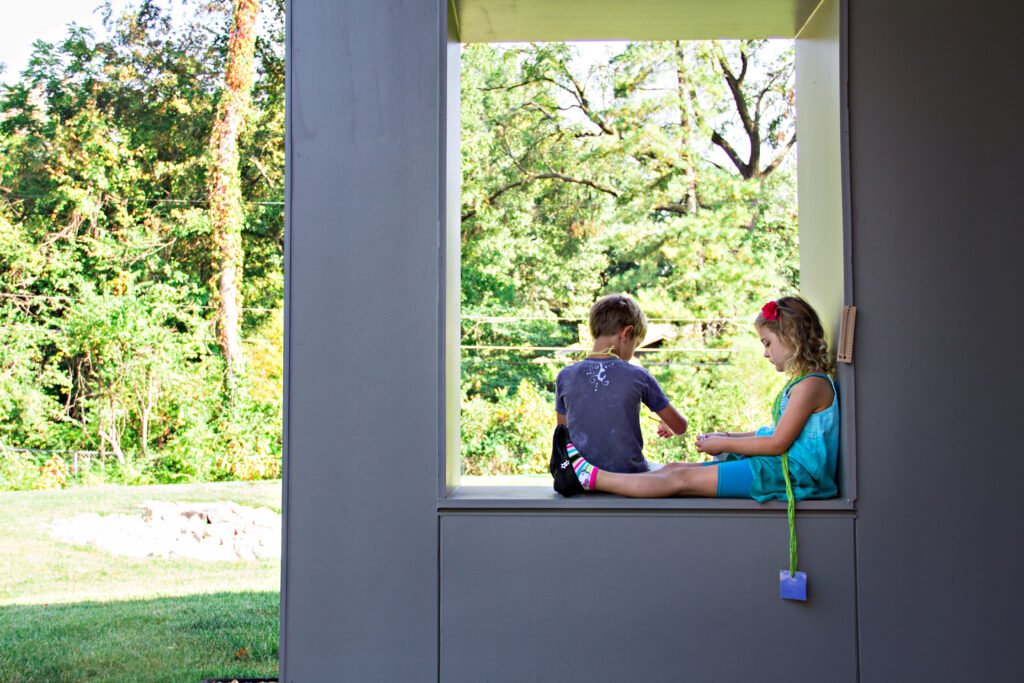
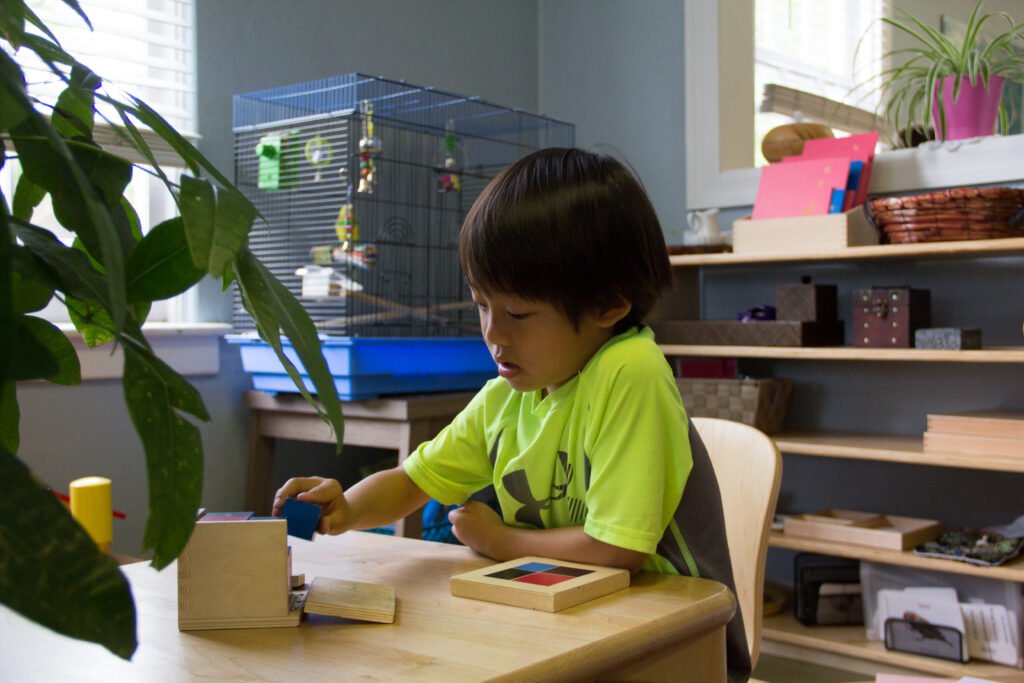 Peace begins with the self, and there are many ways in which classrooms promote calm with oneself as the starting point for a peaceful mindset. Some schools may have peace corners or labyrinths for children to use. Others may have practices of yoga, meditation or mindfulness exercises that are practiced with the children to help them experience centeredness and calm. Books about these subjects may be read to the children, or available for them to read to themselves. The classroom environments are prepared with materials that are soothing, promote serenity and enable focused work. Once the child has experienced peace, they can find it again and again. They can help others find it, too.
Peace begins with the self, and there are many ways in which classrooms promote calm with oneself as the starting point for a peaceful mindset. Some schools may have peace corners or labyrinths for children to use. Others may have practices of yoga, meditation or mindfulness exercises that are practiced with the children to help them experience centeredness and calm. Books about these subjects may be read to the children, or available for them to read to themselves. The classroom environments are prepared with materials that are soothing, promote serenity and enable focused work. Once the child has experienced peace, they can find it again and again. They can help others find it, too.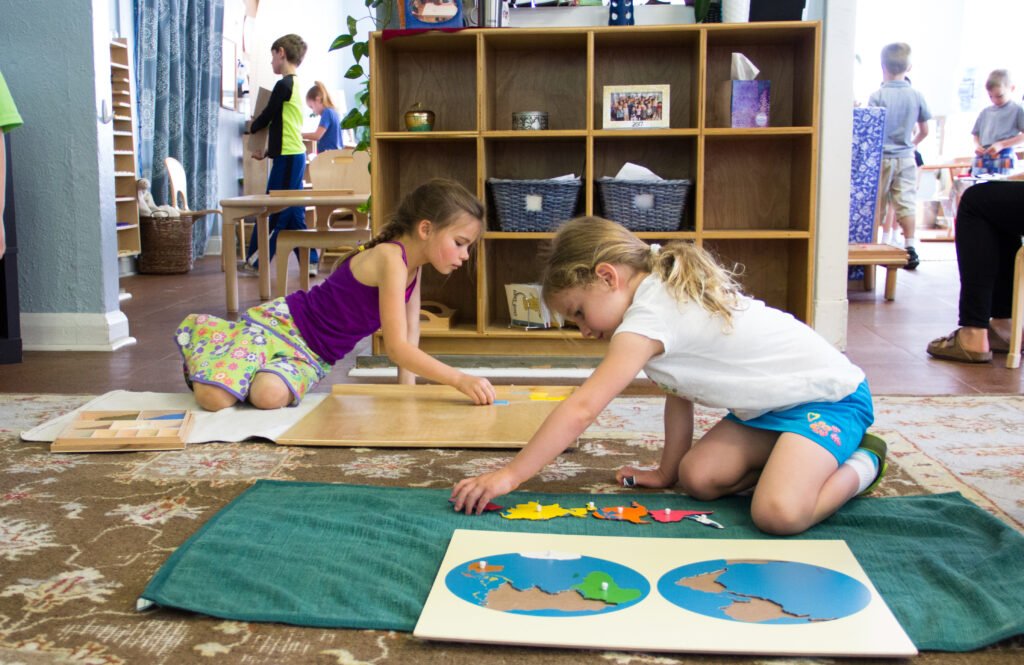 Peace is promoted through understanding others, which is why so much of the curriculum promotes knowledge and understanding of all the different places in our world and how other people come to meet the fundamental needs that all humans have. In the elementary, there are specific lessons that focus on the interrelatedness of all things, both living and non-living. We need others, and we need our planet and thus we must find harmonious ways to co-exist with all.
Peace is promoted through understanding others, which is why so much of the curriculum promotes knowledge and understanding of all the different places in our world and how other people come to meet the fundamental needs that all humans have. In the elementary, there are specific lessons that focus on the interrelatedness of all things, both living and non-living. We need others, and we need our planet and thus we must find harmonious ways to co-exist with all.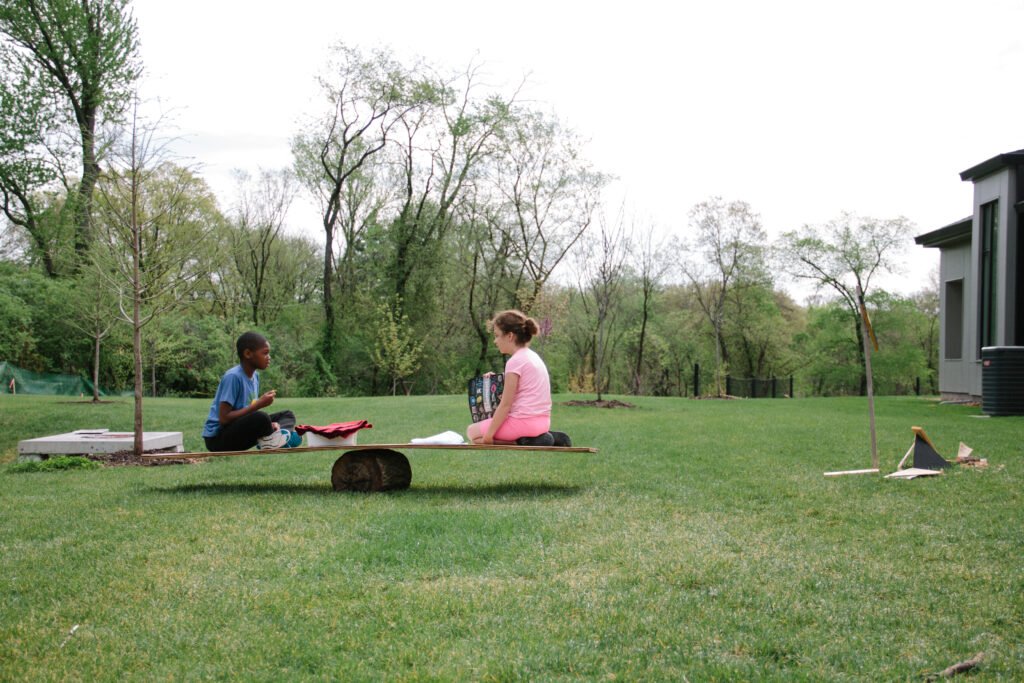 Peace is also promoted through years and years of modeling positive conflict resolution in peer interactions on a daily basis. The idea that we can come to solutions by talking about the problem and taking positive collaborative actions is given over and over. Children follow this process with guides and assistants as often as necessary. Ultimately they become able to lead this process themselves. Little is more rewarding than watching an older child step into the role of mediator, and watching a conflict dissolve as they patiently work through the details of it with each person involved. This daily experience culminates when the oldest children from VdM participate in the Montessori Model United Nations (MMUN), which is a remarkable life experience meant to model cooperative problem solving and mediation on a national scale, country to country. What they have practiced as individuals for so many years now comes into play on a much larger scale. And once they have known that problems can be solved without violence or aggression, and that mutually beneficial solutions can almost always be found with persistence, then they are ready to go into the world and solve problems peacefully.
Peace is also promoted through years and years of modeling positive conflict resolution in peer interactions on a daily basis. The idea that we can come to solutions by talking about the problem and taking positive collaborative actions is given over and over. Children follow this process with guides and assistants as often as necessary. Ultimately they become able to lead this process themselves. Little is more rewarding than watching an older child step into the role of mediator, and watching a conflict dissolve as they patiently work through the details of it with each person involved. This daily experience culminates when the oldest children from VdM participate in the Montessori Model United Nations (MMUN), which is a remarkable life experience meant to model cooperative problem solving and mediation on a national scale, country to country. What they have practiced as individuals for so many years now comes into play on a much larger scale. And once they have known that problems can be solved without violence or aggression, and that mutually beneficial solutions can almost always be found with persistence, then they are ready to go into the world and solve problems peacefully.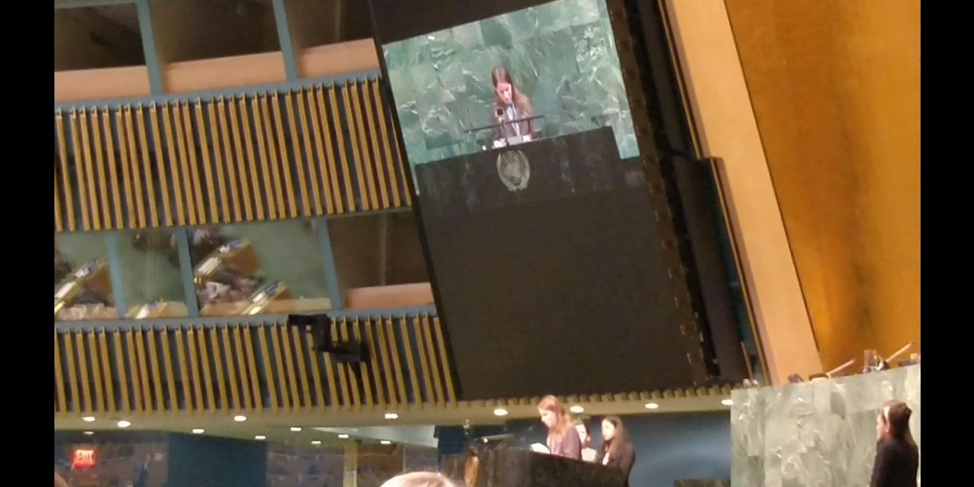 It bears saying one more time: Happy International Day of Peace!However, know that at VdM peace is the work of all the days of the year.
It bears saying one more time: Happy International Day of Peace!However, know that at VdM peace is the work of all the days of the year.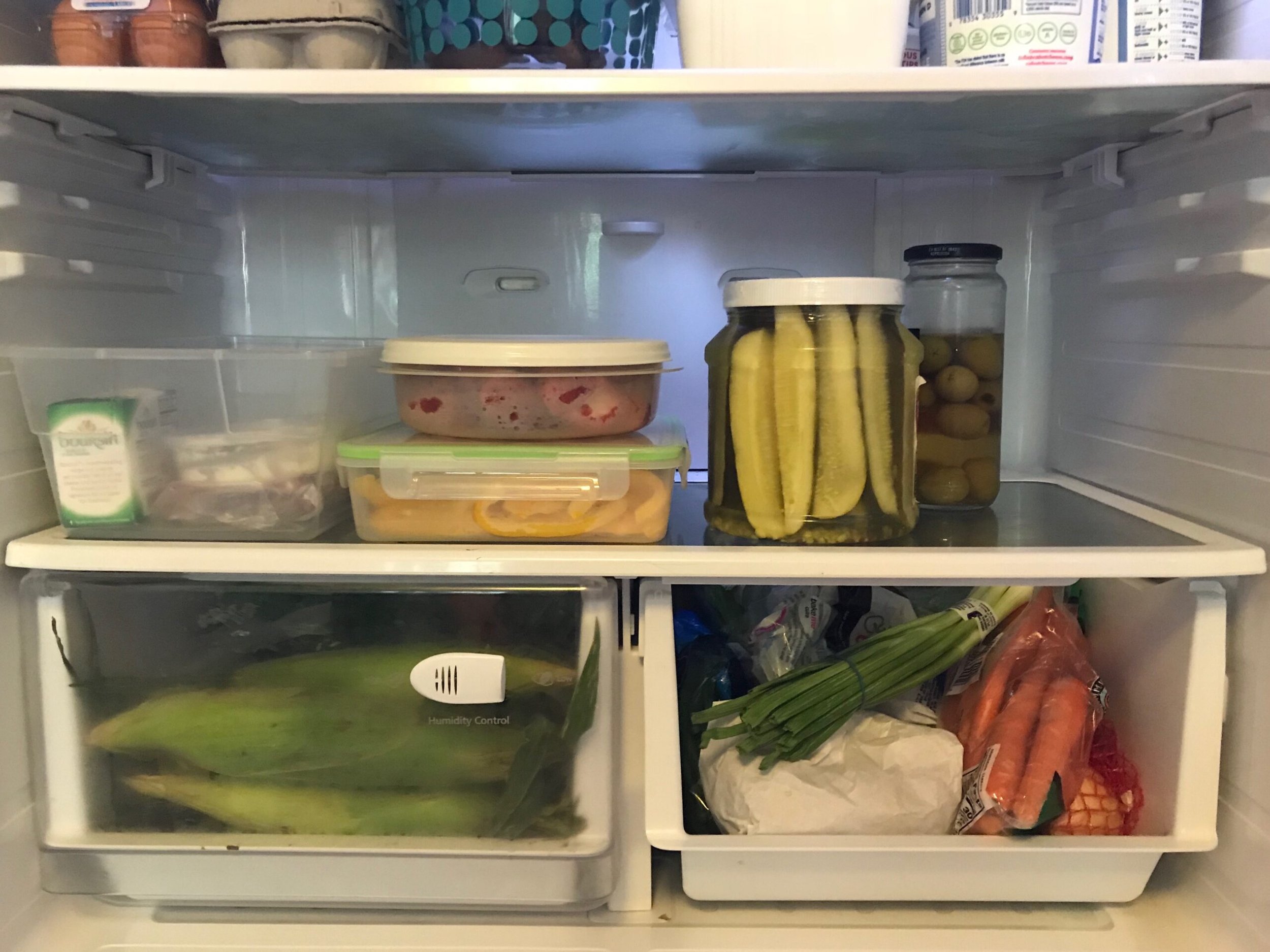
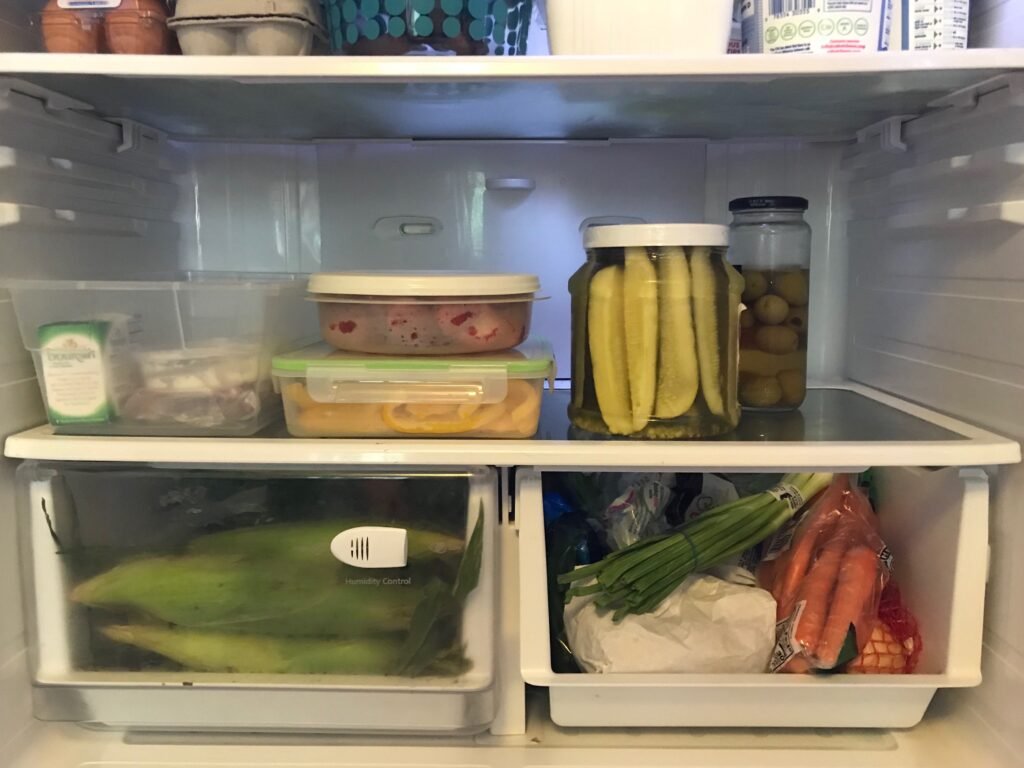 With a freezer on the bottom, all of the lunch packing things go on the lowest shelf of this refrigerator. The bottom shelf on the door also holds items the children are expected to get for themselves.Lunch fixings are divided into small bins based on their food group. There’s a protein bin on the far left, then veggies and fruit and of course pickles and olives! An additional bin can be found in the pantry with crackers, bread and the like.
With a freezer on the bottom, all of the lunch packing things go on the lowest shelf of this refrigerator. The bottom shelf on the door also holds items the children are expected to get for themselves.Lunch fixings are divided into small bins based on their food group. There’s a protein bin on the far left, then veggies and fruit and of course pickles and olives! An additional bin can be found in the pantry with crackers, bread and the like.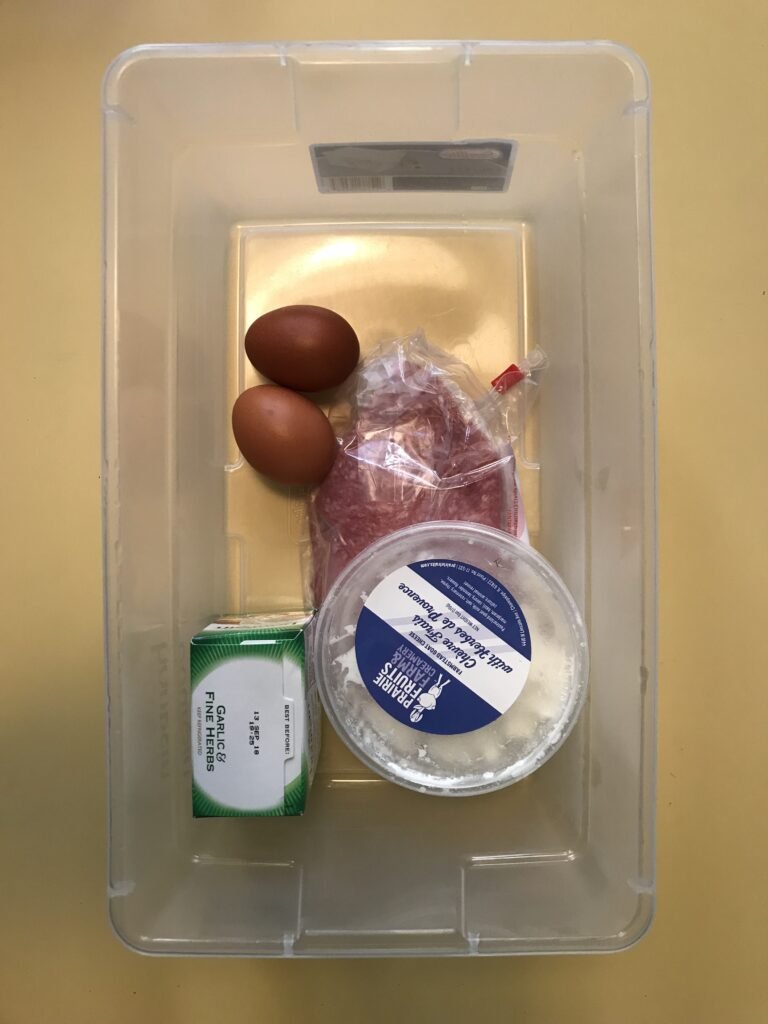 In the beginning lunch-making can start like this:
In the beginning lunch-making can start like this:
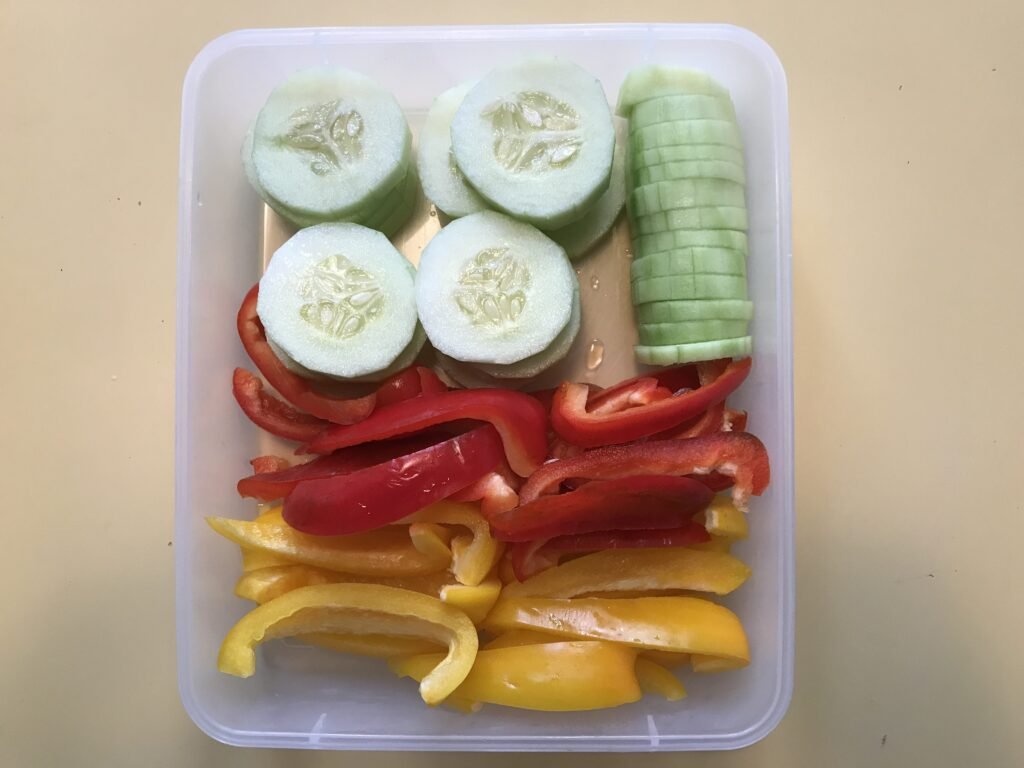 Unfinished portions of lunch are sent home from the Children’s House. Use this information to adjust what the child packs for themselves. “I’ve noticed you’re eating half of an apple at lunch. Let’s cut the apple in two so it lasts for two lunches.”With the increased independence in the elementary classrooms, children compost the remains of their lunch. It is worth taking the time to check in with your child about the amount they’re consuming and help them navigate adjusting their portions accordingly. Lower Elementary children also have the opportunity to pack a snack. Protein will give them the boost they need in the morning, remember this when they’re packing lunch. Let them listen to their body – they’ll know if they need a snack or not!Finally, every child can be responsible for bringing their lunchbox into the house at the end of the day and emptying it! Storing lunchboxes in an accessible place permits children to take ownership of taking out and putting away their lunchbox.
Unfinished portions of lunch are sent home from the Children’s House. Use this information to adjust what the child packs for themselves. “I’ve noticed you’re eating half of an apple at lunch. Let’s cut the apple in two so it lasts for two lunches.”With the increased independence in the elementary classrooms, children compost the remains of their lunch. It is worth taking the time to check in with your child about the amount they’re consuming and help them navigate adjusting their portions accordingly. Lower Elementary children also have the opportunity to pack a snack. Protein will give them the boost they need in the morning, remember this when they’re packing lunch. Let them listen to their body – they’ll know if they need a snack or not!Finally, every child can be responsible for bringing their lunchbox into the house at the end of the day and emptying it! Storing lunchboxes in an accessible place permits children to take ownership of taking out and putting away their lunchbox. Everyone’s set up will look different. If you take some time to think about where your children are and where you hope them to be in the future (do you want to pack lunches for your 20-year-old?), you can then reflect on how to gradually allow them more and more agency over their lunches.
Everyone’s set up will look different. If you take some time to think about where your children are and where you hope them to be in the future (do you want to pack lunches for your 20-year-old?), you can then reflect on how to gradually allow them more and more agency over their lunches.
 Describe your educational background.I have a Bachelor of Fine Arts in Studio Art with a specialization in metalsmithing, a Bachelor of Science in Art Education and a Master of Fine Arts in metalsmithing.How/when did you become interested in Montessori education?I worked as a part time assistant at Raintree Montessori School in Lawrence, KS for a year and a half. I had no idea how Montessori worked before this.What has been the BEST part of your Montessori experience so far?I just love seeing the children do things on their own that society at large does not think children are capable of doing at that age. It's wonderful and magical to see.
Describe your educational background.I have a Bachelor of Fine Arts in Studio Art with a specialization in metalsmithing, a Bachelor of Science in Art Education and a Master of Fine Arts in metalsmithing.How/when did you become interested in Montessori education?I worked as a part time assistant at Raintree Montessori School in Lawrence, KS for a year and a half. I had no idea how Montessori worked before this.What has been the BEST part of your Montessori experience so far?I just love seeing the children do things on their own that society at large does not think children are capable of doing at that age. It's wonderful and magical to see. What do you enjoy doing outside of your time at VdM?I enjoy hanging out with my dog, walking, running, hiking, etc. I also spend a lot of time making art, mostly via sewing lately.If you were to plan a most perfect, relaxing weekend day, what would it entail?I would go camping and hiking with my close friends and my dog.What is something you look forward to this coming school year?I look forward to getting to know all the children and staff and feeling like part of the family at Villa di Maria.
What do you enjoy doing outside of your time at VdM?I enjoy hanging out with my dog, walking, running, hiking, etc. I also spend a lot of time making art, mostly via sewing lately.If you were to plan a most perfect, relaxing weekend day, what would it entail?I would go camping and hiking with my close friends and my dog.What is something you look forward to this coming school year?I look forward to getting to know all the children and staff and feeling like part of the family at Villa di Maria. Your Favorite:Color: GreenSeason: SpringBook: Jane EyreHoliday: NoneHobby: ReadingType of music: Indie, folkSong: Too many, no way I can chooseVacation: BeachSport: YogaGame: ClueFruit: MangoVegetable: Garlic?
Your Favorite:Color: GreenSeason: SpringBook: Jane EyreHoliday: NoneHobby: ReadingType of music: Indie, folkSong: Too many, no way I can chooseVacation: BeachSport: YogaGame: ClueFruit: MangoVegetable: Garlic?

 Describe your educational background.I have an Associate’s degree in Human Services (working with children). I then promptly ran off to Europe and moved to Corsica where I was an organic farmer in the mountains with no electricity, phone, or running water (at first) for almost 11 years. I built a campground with a small pavilion restaurant and did this for a few years, but alas I was called back to the States to be with my Father who was diagnosed with cancer. I moved back home to Kirkwood just 4 blocks from Villa where I grew up. My son wanted to stay with his American family, so after my Dad passed, I went back to school and received a Bachelor’s degree in French Literature from UMSL with a K-12 teaching certificate. I taught French at Kirkwood and Webster Groves high school for 2 years.How/when did you become interested in Montessori education?I got married and moved to Chesterfield, Mo and had my second son. When he was three, I started looking for a school, and found one just down the street. Fell in love with the school and Montessori education. After a year and half, I had an opportunity to teach French there part-time which then morphed into full-time shortly after. I worked there for almost 15 years. I went from teaching French in the afternoon to substituting in the mornings, almost 8 years as a primary assistant and finally toddler assistant this past year, while still teaching French to the elementary and Adolescent students in the afternoon. My son graduated from there in 8th grade went on to SLUH and is now a freshman at Loyola University of Chicago. He received an amazing education and is a wonderful human being, which I accredit to this wonderful education.
Describe your educational background.I have an Associate’s degree in Human Services (working with children). I then promptly ran off to Europe and moved to Corsica where I was an organic farmer in the mountains with no electricity, phone, or running water (at first) for almost 11 years. I built a campground with a small pavilion restaurant and did this for a few years, but alas I was called back to the States to be with my Father who was diagnosed with cancer. I moved back home to Kirkwood just 4 blocks from Villa where I grew up. My son wanted to stay with his American family, so after my Dad passed, I went back to school and received a Bachelor’s degree in French Literature from UMSL with a K-12 teaching certificate. I taught French at Kirkwood and Webster Groves high school for 2 years.How/when did you become interested in Montessori education?I got married and moved to Chesterfield, Mo and had my second son. When he was three, I started looking for a school, and found one just down the street. Fell in love with the school and Montessori education. After a year and half, I had an opportunity to teach French there part-time which then morphed into full-time shortly after. I worked there for almost 15 years. I went from teaching French in the afternoon to substituting in the mornings, almost 8 years as a primary assistant and finally toddler assistant this past year, while still teaching French to the elementary and Adolescent students in the afternoon. My son graduated from there in 8th grade went on to SLUH and is now a freshman at Loyola University of Chicago. He received an amazing education and is a wonderful human being, which I accredit to this wonderful education. What has been the BEST part of your Montessori training/experience so far?I think the best experiences is watching the primary students grow and move into elementary and witness the amazing changes. Some of these children struggled in their early years, but eventually they discovered their potential, and this gives me comfort, faith and knowledge that this education can transform our children into confident young people who embrace the world of learning.What do you enjoy doing outside of your time at VdM?Being with my grandson, who will be one this month.If you were to plan a most perfect, relaxing weekend day, what would it entail?It would be a day in the mountains in a log cabin completely isolated from the world.What is something you look forward to this coming school year?I look forward to working with Heather and being back in the primary classroom.
What has been the BEST part of your Montessori training/experience so far?I think the best experiences is watching the primary students grow and move into elementary and witness the amazing changes. Some of these children struggled in their early years, but eventually they discovered their potential, and this gives me comfort, faith and knowledge that this education can transform our children into confident young people who embrace the world of learning.What do you enjoy doing outside of your time at VdM?Being with my grandson, who will be one this month.If you were to plan a most perfect, relaxing weekend day, what would it entail?It would be a day in the mountains in a log cabin completely isolated from the world.What is something you look forward to this coming school year?I look forward to working with Heather and being back in the primary classroom. Favorites:Color: PurpleSeason: FallBook: Lord of the RingsHoliday: ChristmasMovie: WillowHobby: CookingType of music: Soft RockSong: "Here I am Lord"Restaurant in St. Louis: Ya Ya'sVacation: France/EuropeSport: Horseback ridingGame: French TarotFruit: AppleVegetable: All except okraIf you had to choose ONE:Rain or Snow: RainCoffee or Tea: TeaMorning or Night: MorningOcean or Lake: LakeDog or Cat: CatTalk or Listen: BothWalk or Run: WalkSave or Spend: SpendBike or Swim: BikeSalt or Pepper: SaltRealistic Fiction or Fantasy: FantasySummer or Winter: Summer in the mountainsNew York or California: CaliforniaCook or Dine Out: Cook
Favorites:Color: PurpleSeason: FallBook: Lord of the RingsHoliday: ChristmasMovie: WillowHobby: CookingType of music: Soft RockSong: "Here I am Lord"Restaurant in St. Louis: Ya Ya'sVacation: France/EuropeSport: Horseback ridingGame: French TarotFruit: AppleVegetable: All except okraIf you had to choose ONE:Rain or Snow: RainCoffee or Tea: TeaMorning or Night: MorningOcean or Lake: LakeDog or Cat: CatTalk or Listen: BothWalk or Run: WalkSave or Spend: SpendBike or Swim: BikeSalt or Pepper: SaltRealistic Fiction or Fantasy: FantasySummer or Winter: Summer in the mountainsNew York or California: CaliforniaCook or Dine Out: Cook

 Making drop off quick and consistent is the best way to support your child in their transition into school. Drop off procedures are purposefully designed for the benefit of the child – embrace the drive through! When you pull into VdM, please stay in the car and allow our practiced greeters to help your child out of their seat and into their classroom.Sometimes, children are upset leaving the house, during the drive to school or upon arrival. Adjusting to change can be difficult, and this is a normal reaction. When children are agitated, many of us make concessions both to ease our own discomfort and to temporarily appease our children. We offer to park and walk them to the door, or we spend an extended time giving extra hugs and saying goodbye. This may make the adult feel better and provide momentary calm, but it is not actually helpful to the child. To provide true comfort to our children, we must give them the predictability of routine. Providing a consistent and sustainable routine at drop off allows for a smooth transition into school.Moreover, when we permit or encourage extended goodbyes we are inadvertently asking our child to go through a whole extra transition when it comes time to break this habit. By setting a sustainable routine as early in the year as possible, we are actually easing the burden on the child.
Making drop off quick and consistent is the best way to support your child in their transition into school. Drop off procedures are purposefully designed for the benefit of the child – embrace the drive through! When you pull into VdM, please stay in the car and allow our practiced greeters to help your child out of their seat and into their classroom.Sometimes, children are upset leaving the house, during the drive to school or upon arrival. Adjusting to change can be difficult, and this is a normal reaction. When children are agitated, many of us make concessions both to ease our own discomfort and to temporarily appease our children. We offer to park and walk them to the door, or we spend an extended time giving extra hugs and saying goodbye. This may make the adult feel better and provide momentary calm, but it is not actually helpful to the child. To provide true comfort to our children, we must give them the predictability of routine. Providing a consistent and sustainable routine at drop off allows for a smooth transition into school.Moreover, when we permit or encourage extended goodbyes we are inadvertently asking our child to go through a whole extra transition when it comes time to break this habit. By setting a sustainable routine as early in the year as possible, we are actually easing the burden on the child. Here are a few suggestions for drop off:
Here are a few suggestions for drop off:
 Many thanks to Jade Venditte and Melinda Smith for the photos.
Many thanks to Jade Venditte and Melinda Smith for the photos.
 Walking through Villa di Maria’s campus is striking to experience. Growth is visible in the new facilities; the Magic Circle beckons with its inviting benches; there is no shortage of space to run, play and explore. Look inside any of the buildings and you’re met with stunning classrooms full of beautiful, well-crafted materials. Best of all, inside and out there are children who are thriving in these environments which have been diligently set up to meet their needs. This is truly a place of great joy.Villa di Maria is lucky to have an active and supportive community that brings the Montessori vision to reality. One of the many facets of our community is that we collectively make seemingly impossible things possible. This includes supporting the school’s long-standing commitment to being as affordable as possible. As tuition does not cover the cost of all that Villa di Maria provides, we have kicked off The Fund for Villa di Maria and are asking that you join us in supporting the future of our school. Below Jade Venditte, VdM’s Director of Development, Diversity and Inclusion answers some frequently asked questions around The Fund.
Walking through Villa di Maria’s campus is striking to experience. Growth is visible in the new facilities; the Magic Circle beckons with its inviting benches; there is no shortage of space to run, play and explore. Look inside any of the buildings and you’re met with stunning classrooms full of beautiful, well-crafted materials. Best of all, inside and out there are children who are thriving in these environments which have been diligently set up to meet their needs. This is truly a place of great joy.Villa di Maria is lucky to have an active and supportive community that brings the Montessori vision to reality. One of the many facets of our community is that we collectively make seemingly impossible things possible. This includes supporting the school’s long-standing commitment to being as affordable as possible. As tuition does not cover the cost of all that Villa di Maria provides, we have kicked off The Fund for Villa di Maria and are asking that you join us in supporting the future of our school. Below Jade Venditte, VdM’s Director of Development, Diversity and Inclusion answers some frequently asked questions around The Fund. What is The Fund for Villa di Maria?The Fund for Villa di Maria is an annual giving campaign raising money for the school’s current-year operating expenses. Gifts to The Fund make up the difference between what tuition covers and the actual cost of running the school. These dollars pay teacher salaries and benefits, classroom materials, continuing education, caring for the grounds and necessities such as toilet paper and light bulbs!My family is already paying tuition. What does my child get when we donate money as well?Gifts are necessary because tuition does not cover the cost of everything we offer at Villa di Maria. It supports the people and programs that make Villa di Maria so special. This means exceptionally trained guides and directresses (aka teachers). Beautiful environments. Authentic Montessori materials. Real-world experiences.
What is The Fund for Villa di Maria?The Fund for Villa di Maria is an annual giving campaign raising money for the school’s current-year operating expenses. Gifts to The Fund make up the difference between what tuition covers and the actual cost of running the school. These dollars pay teacher salaries and benefits, classroom materials, continuing education, caring for the grounds and necessities such as toilet paper and light bulbs!My family is already paying tuition. What does my child get when we donate money as well?Gifts are necessary because tuition does not cover the cost of everything we offer at Villa di Maria. It supports the people and programs that make Villa di Maria so special. This means exceptionally trained guides and directresses (aka teachers). Beautiful environments. Authentic Montessori materials. Real-world experiences. Wait, we aren’t simply raising money for a chicken coop?Nope. The school needs to raise much more than a chicken coop. BUT! Fundraising should be FUN! By coming together to close the tuition gap, we are strengthening our community tangibly, but also creating a sense of collective impact. It’s motivating to have a goal and fun for the children to see that when we all work together, we can achieve great things! The chickens are a reward that is meaningful and will impact care of the environment for years to come!How does financial aid fit into the fundraising picture?Your gifts help VdM offer the financial aid that supports an economically diverse student body. The Fund for Villa di Maria is raising money for operating costs, and that means that the school has more funds available to offer financial aid. Your gifts make the school affordable to a wider range of students, bringing the benefits of social and economic diversity to the community .How much difference can my gift make?As a small independent school, VdM has many fewer supporters than a university or a larger charity. Your gifts to Villa di Maria are an investment that truly has a high return. And, because the number of people who will give is small but the need is large, every gift counts even more.
Wait, we aren’t simply raising money for a chicken coop?Nope. The school needs to raise much more than a chicken coop. BUT! Fundraising should be FUN! By coming together to close the tuition gap, we are strengthening our community tangibly, but also creating a sense of collective impact. It’s motivating to have a goal and fun for the children to see that when we all work together, we can achieve great things! The chickens are a reward that is meaningful and will impact care of the environment for years to come!How does financial aid fit into the fundraising picture?Your gifts help VdM offer the financial aid that supports an economically diverse student body. The Fund for Villa di Maria is raising money for operating costs, and that means that the school has more funds available to offer financial aid. Your gifts make the school affordable to a wider range of students, bringing the benefits of social and economic diversity to the community .How much difference can my gift make?As a small independent school, VdM has many fewer supporters than a university or a larger charity. Your gifts to Villa di Maria are an investment that truly has a high return. And, because the number of people who will give is small but the need is large, every gift counts even more. Note: This content is inspired by the National Association of Independent School’s publication, The Gifts That Keep On Giving: Frequently unasked questions about why your independent school wants both tuition and a donation.Many thanks to Melinda Smith for sharing her beautiful photos.
Note: This content is inspired by the National Association of Independent School’s publication, The Gifts That Keep On Giving: Frequently unasked questions about why your independent school wants both tuition and a donation.Many thanks to Melinda Smith for sharing her beautiful photos.
 Like most things in the Montessori classroom, lunch is a multi-faceted opportunity for growth. It provides occasions for choice making, self-sufficiency and increasing hand strength and dexterity. It’s a time to practice social graces, build community and learn table manners. Our work at home regarding lunch preparation can feed this work in the classroom, allowing the children to get the most out of mealtime at school.
Like most things in the Montessori classroom, lunch is a multi-faceted opportunity for growth. It provides occasions for choice making, self-sufficiency and increasing hand strength and dexterity. It’s a time to practice social graces, build community and learn table manners. Our work at home regarding lunch preparation can feed this work in the classroom, allowing the children to get the most out of mealtime at school.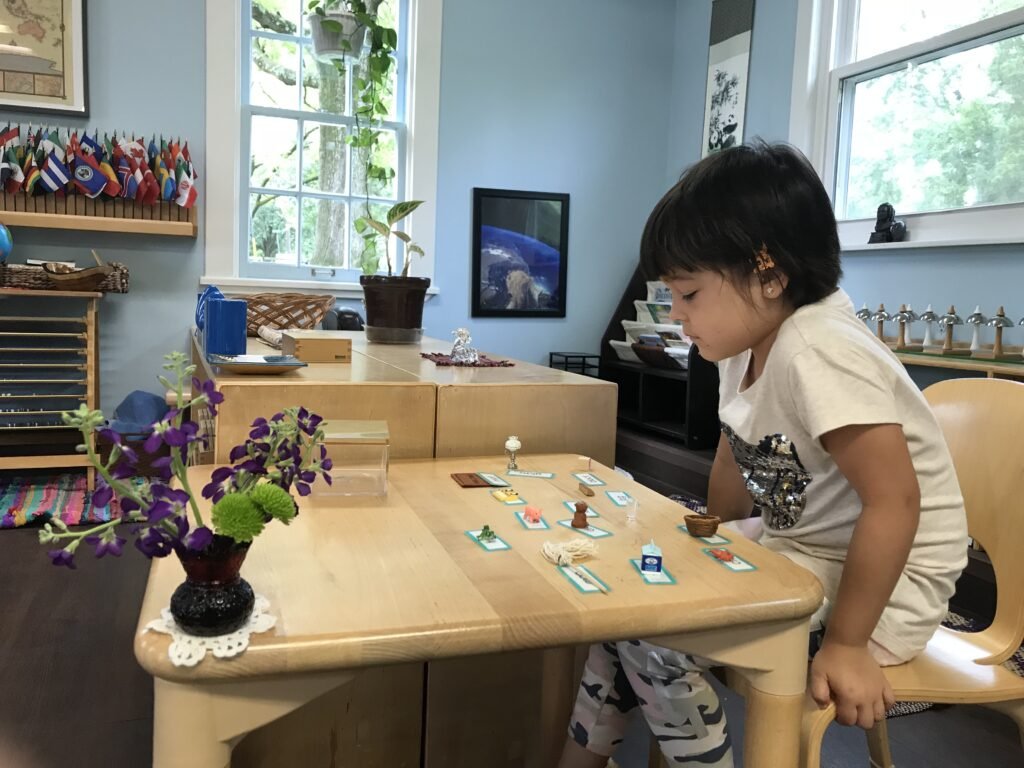 When thinking about lunches, we must keep in mind how much our children work while they are at school. The youngest are building their personalities, refining their movement, expanding their language and working with numbers. Elementary children are figuring out their social selves and actively pursuing new learning.After a three-hour work period, children need to replenish their energy with a healthy lunch. Extended day and elementary children need their lunch to provide the nourishment for their afternoon work.While we've all had the occasional day where we pretend that the cheese flavoring in the bag of Doritos counts as protein and fruit snacks are actually fruit, we also know this has to be the exception rather than the rule in order for our children to have what they need at to thrive at school.In the Children’s House a protein, fruit and vegetable will suffice for most children. Elementary children will likely need larger portions; figuring out how much they need is a conversation you can have with your child at the end of the day. (Strategies and tips about the actual packing of lunches coming soon!)While adjusting the choices available for lunch, school can be an excuse to deflect pushback. “This is what <insert name of teacher> said…” goes a long way. Use it sparingly and use it wisely, but if you need extra support packing a lunch full of healthy options, this might be one of those moments.
When thinking about lunches, we must keep in mind how much our children work while they are at school. The youngest are building their personalities, refining their movement, expanding their language and working with numbers. Elementary children are figuring out their social selves and actively pursuing new learning.After a three-hour work period, children need to replenish their energy with a healthy lunch. Extended day and elementary children need their lunch to provide the nourishment for their afternoon work.While we've all had the occasional day where we pretend that the cheese flavoring in the bag of Doritos counts as protein and fruit snacks are actually fruit, we also know this has to be the exception rather than the rule in order for our children to have what they need at to thrive at school.In the Children’s House a protein, fruit and vegetable will suffice for most children. Elementary children will likely need larger portions; figuring out how much they need is a conversation you can have with your child at the end of the day. (Strategies and tips about the actual packing of lunches coming soon!)While adjusting the choices available for lunch, school can be an excuse to deflect pushback. “This is what <insert name of teacher> said…” goes a long way. Use it sparingly and use it wisely, but if you need extra support packing a lunch full of healthy options, this might be one of those moments.
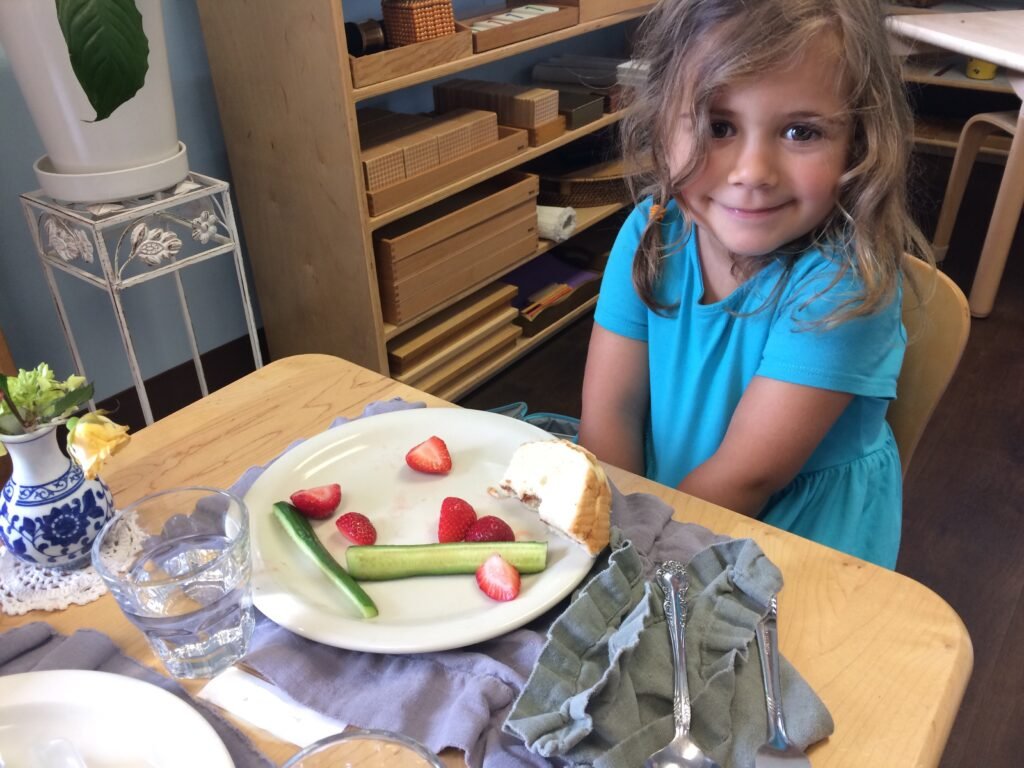 Photo credit: Jessie Braud
Photo credit: Jessie Braud